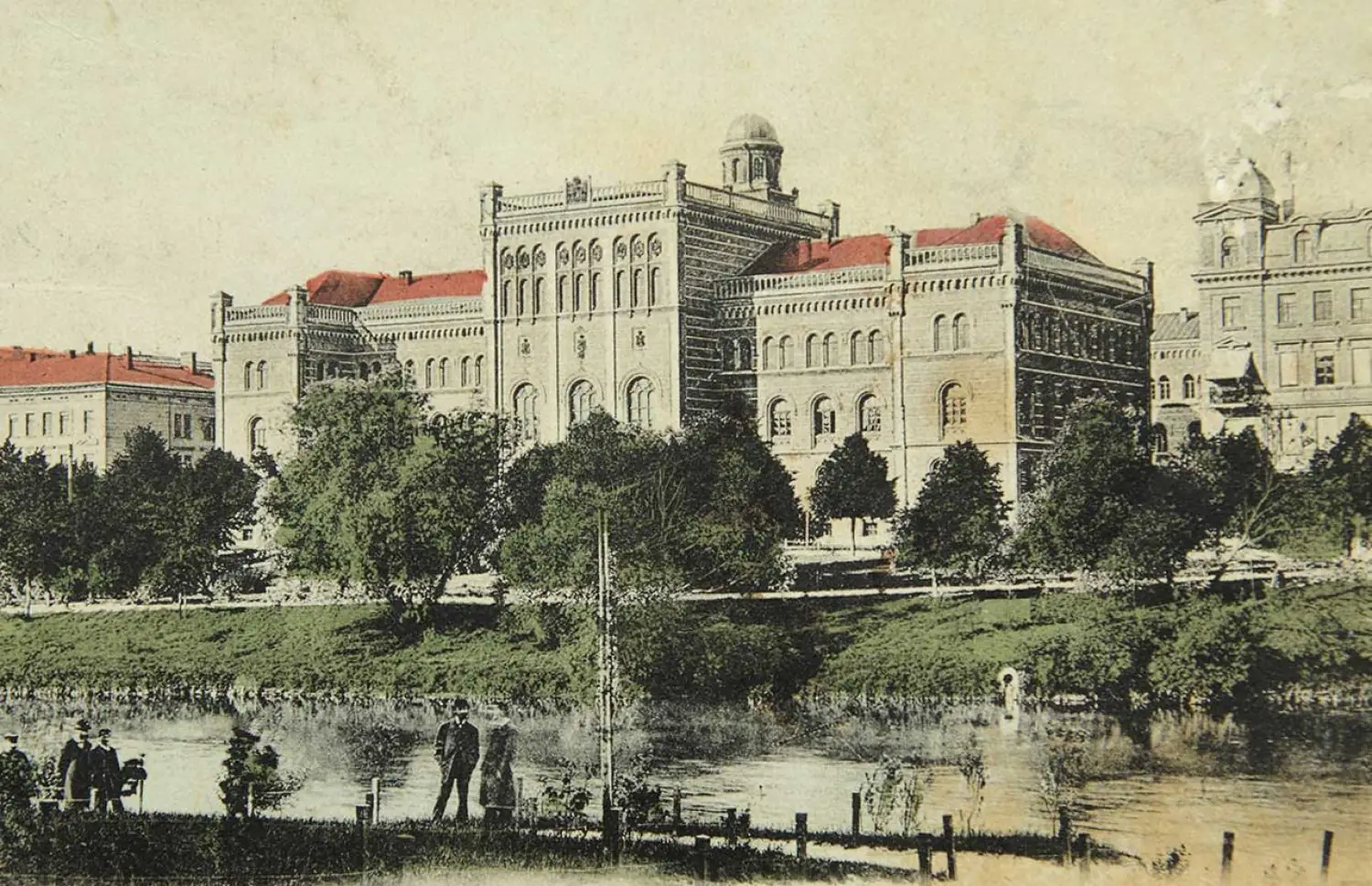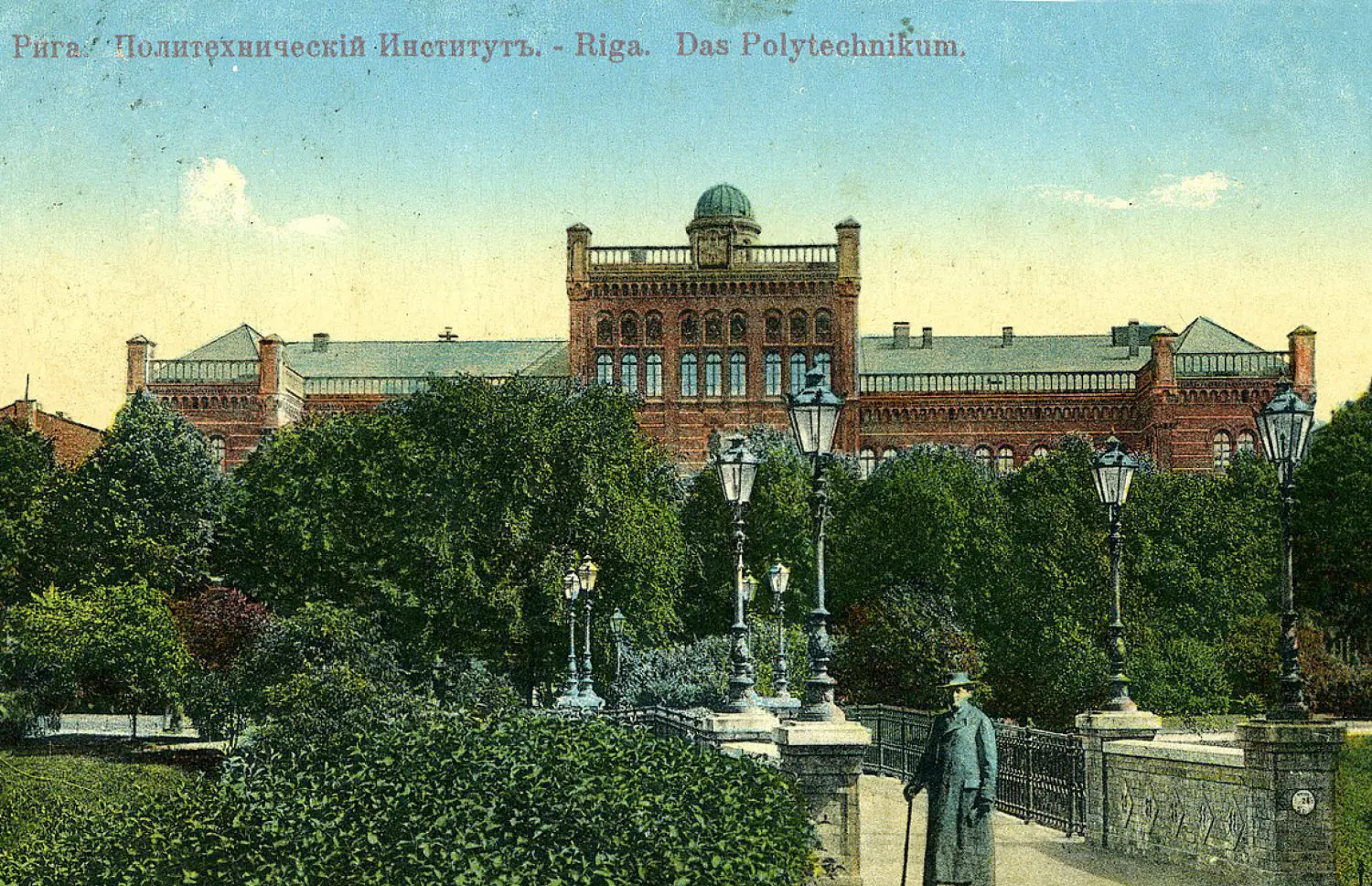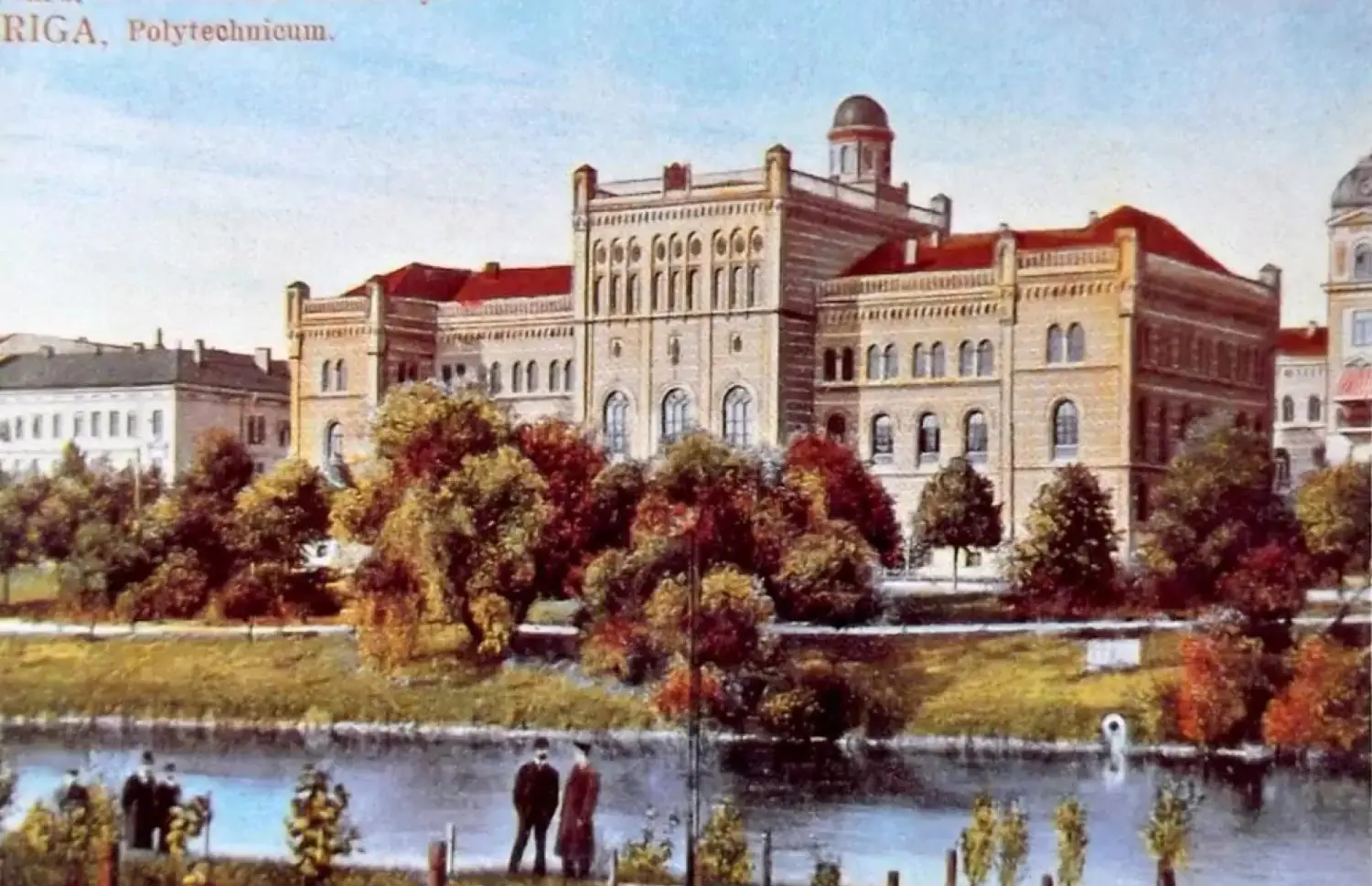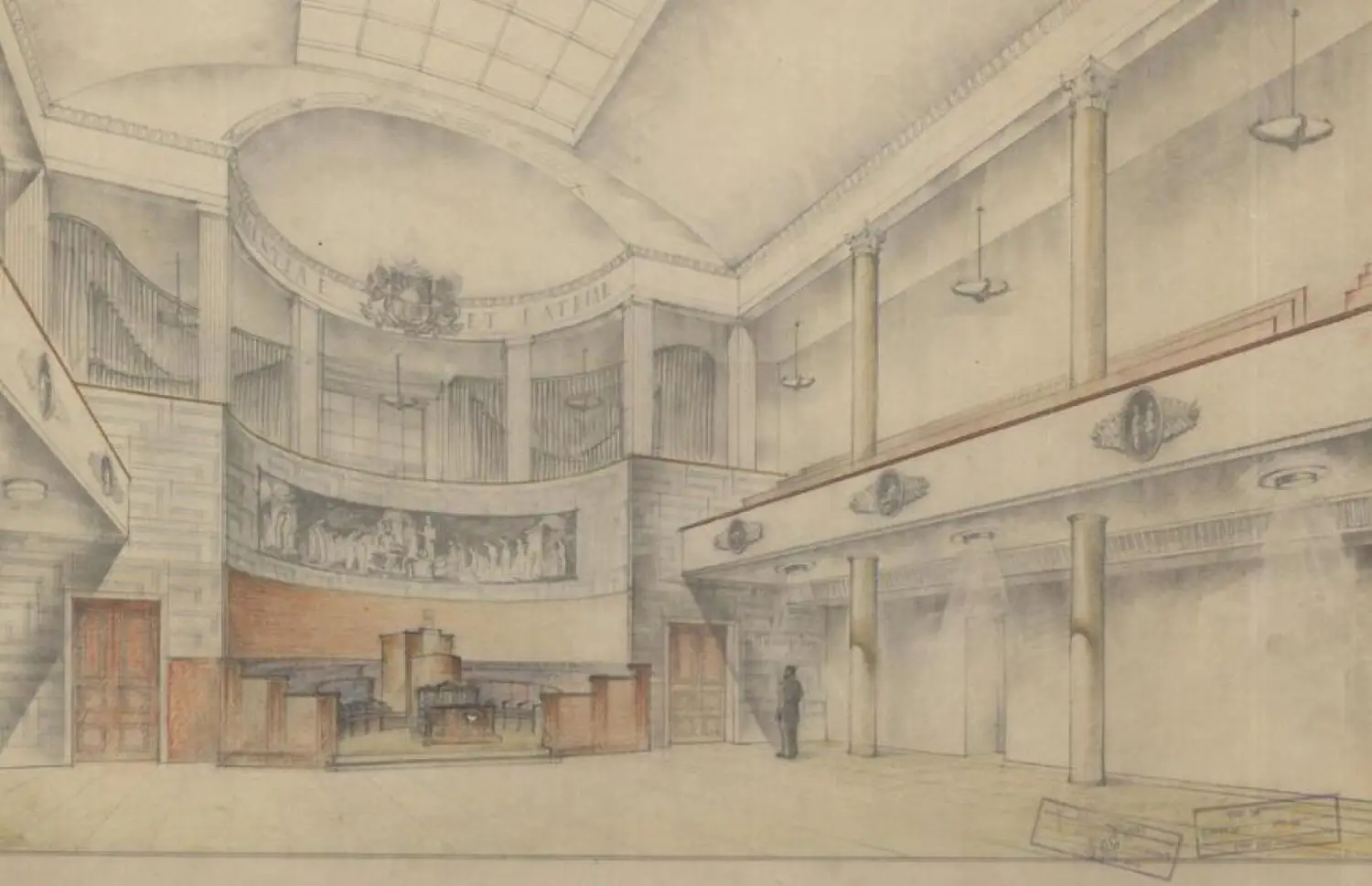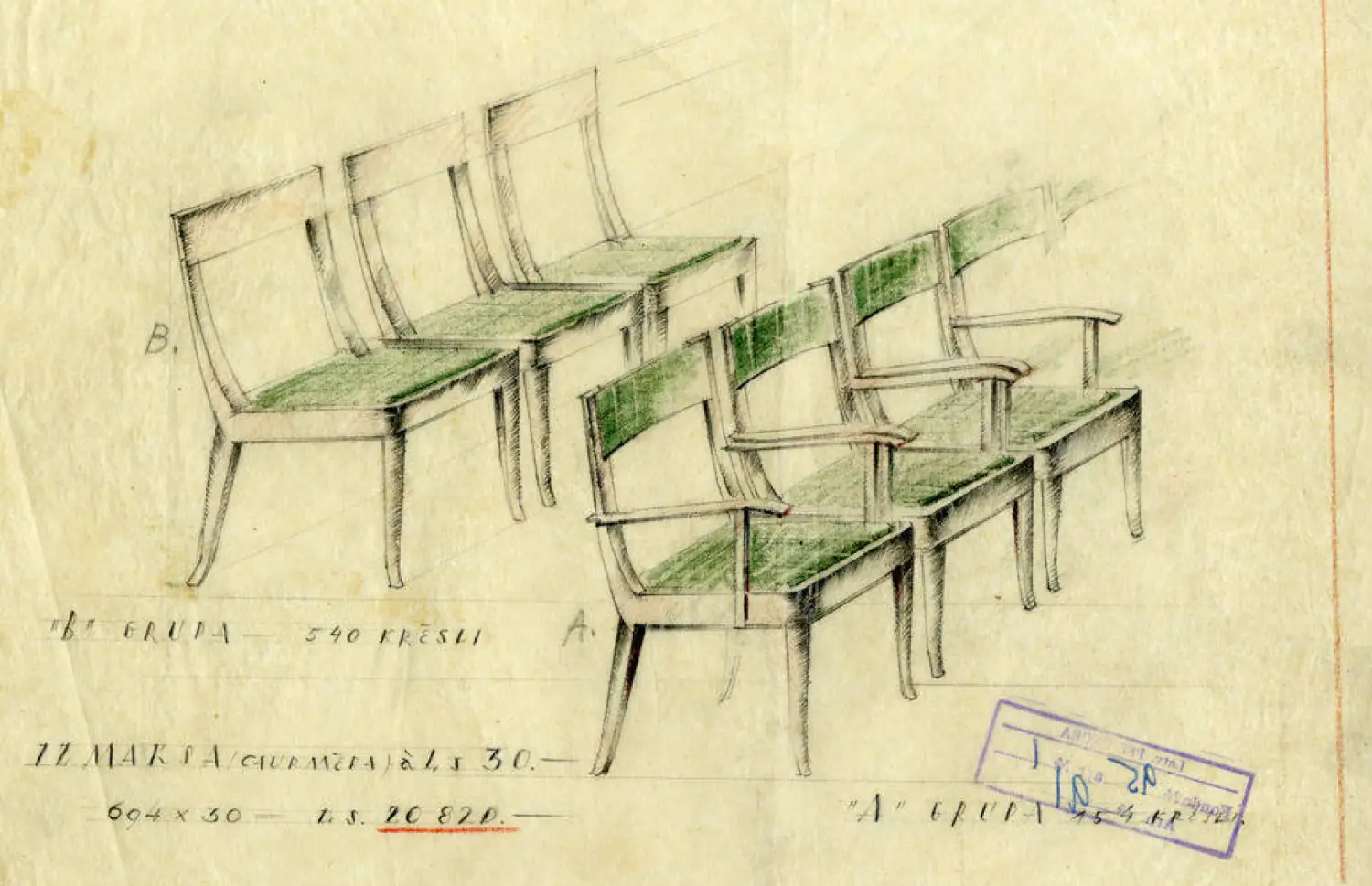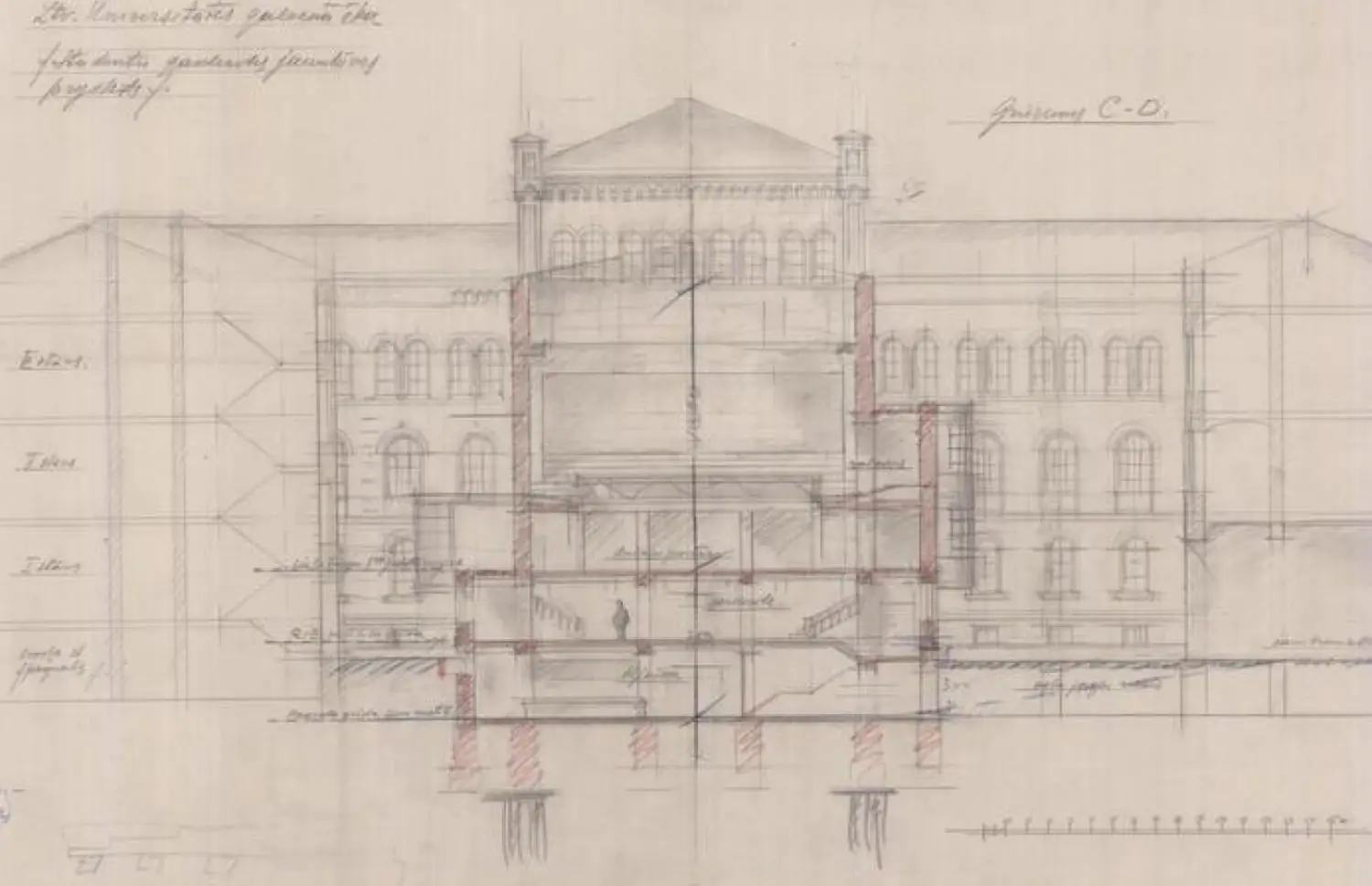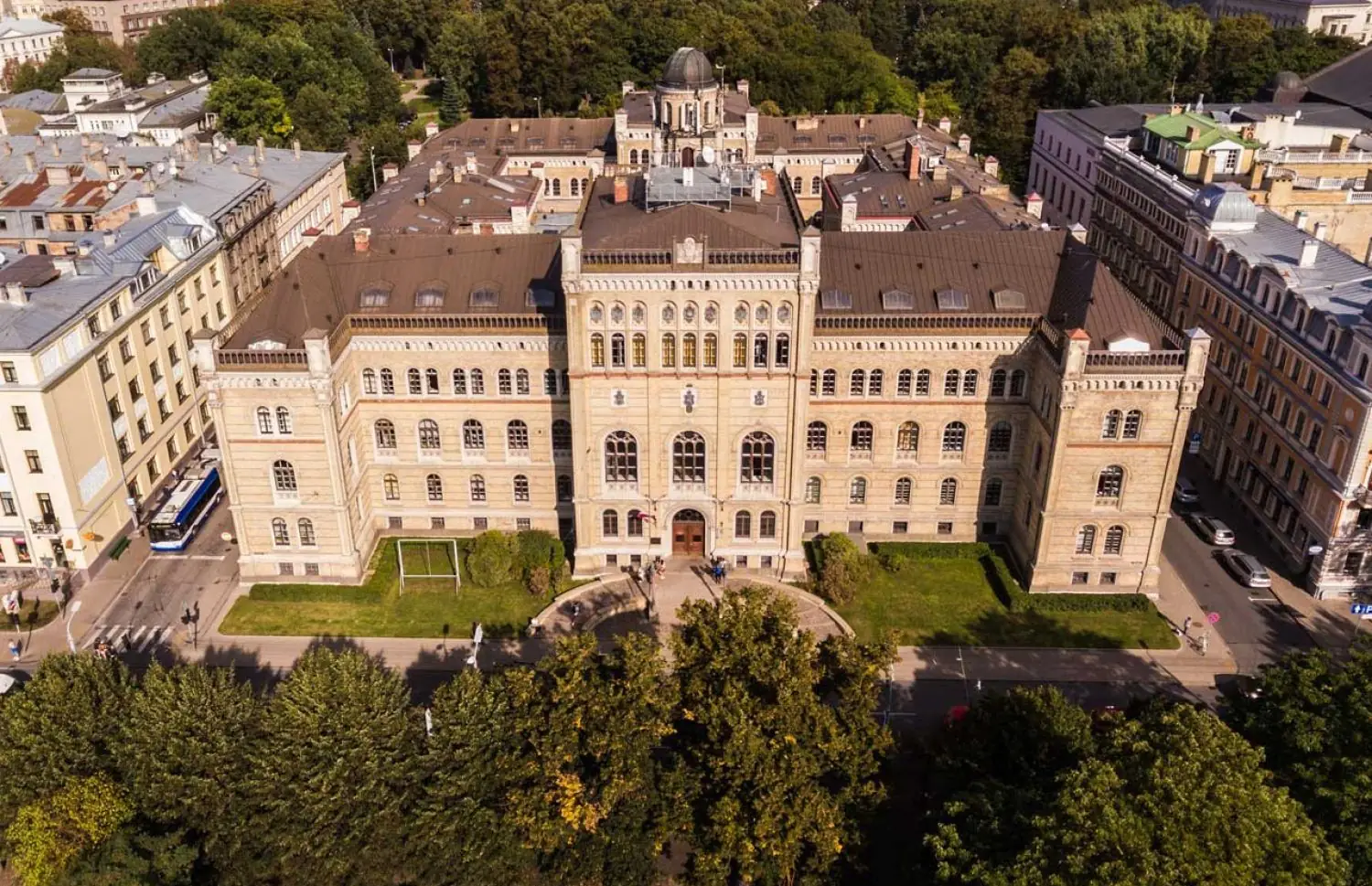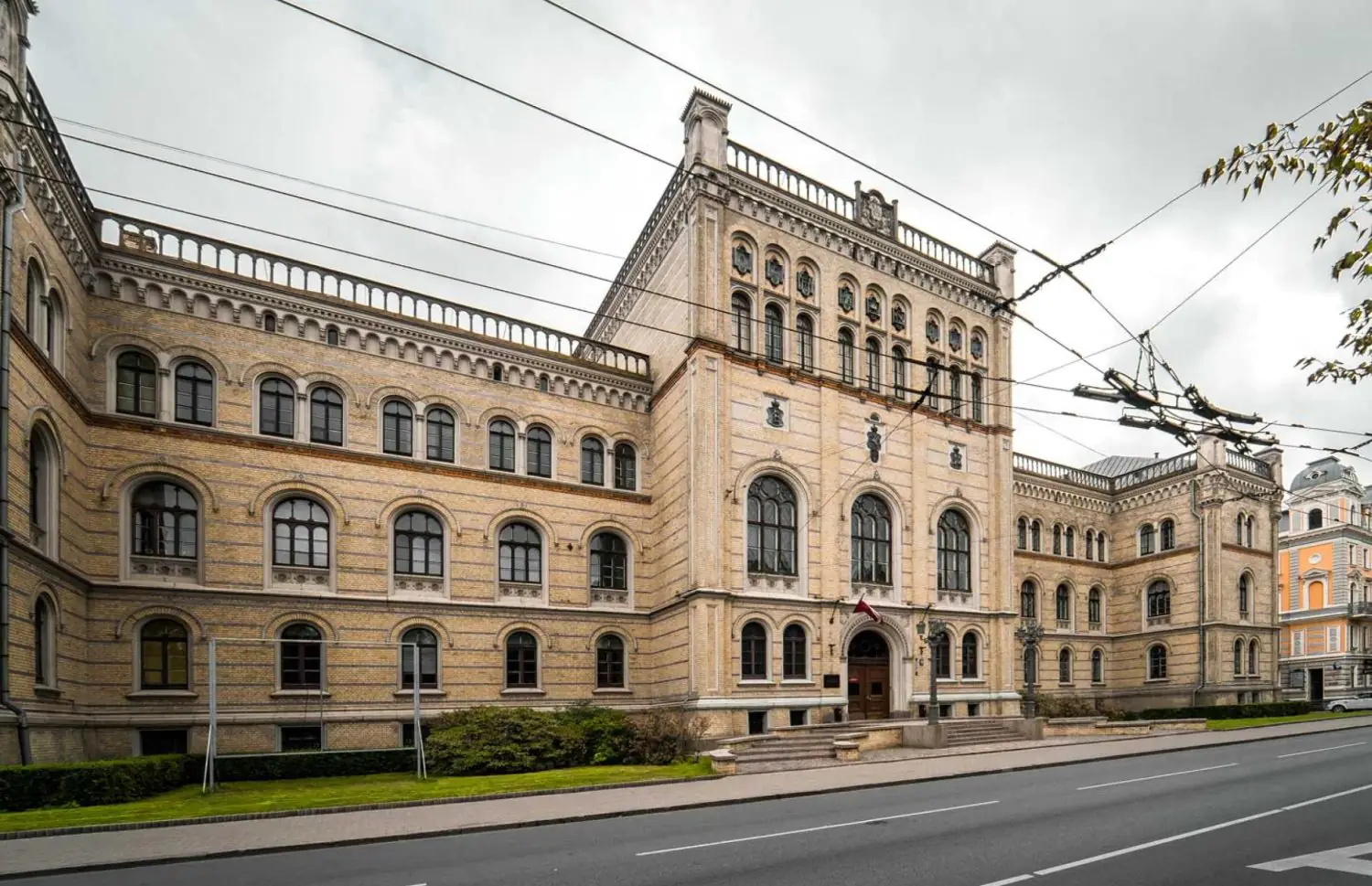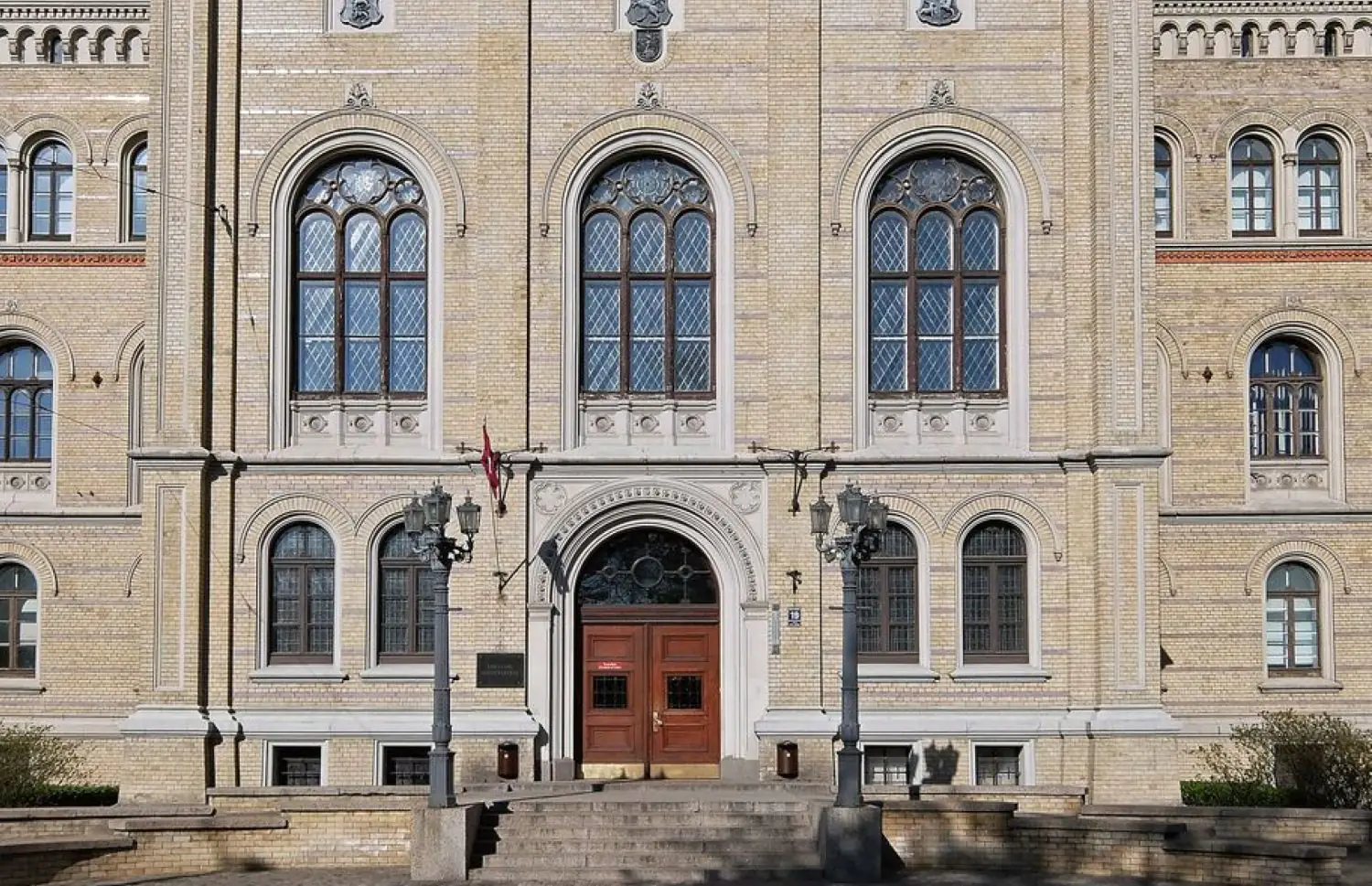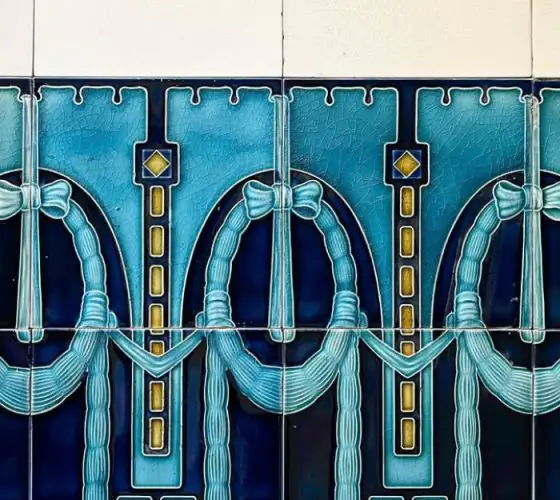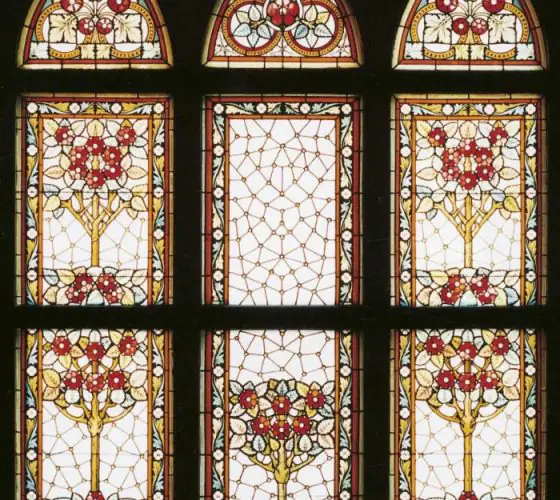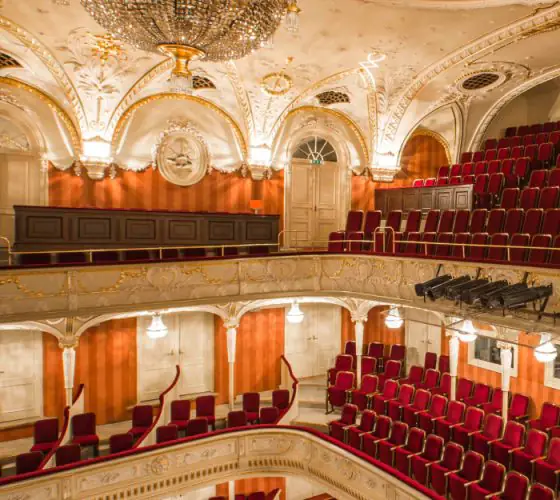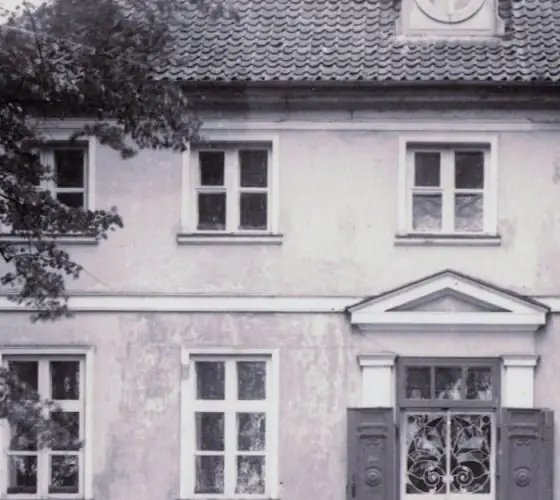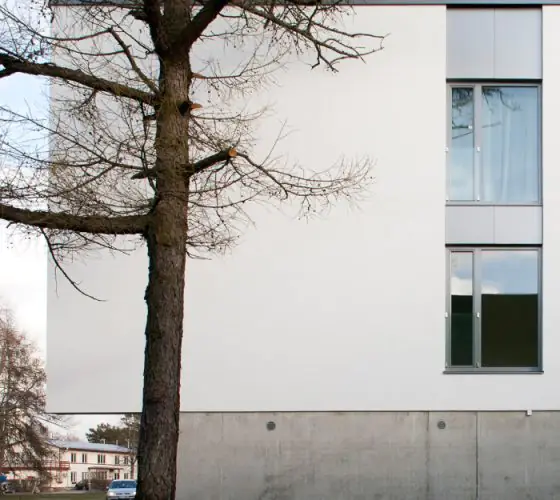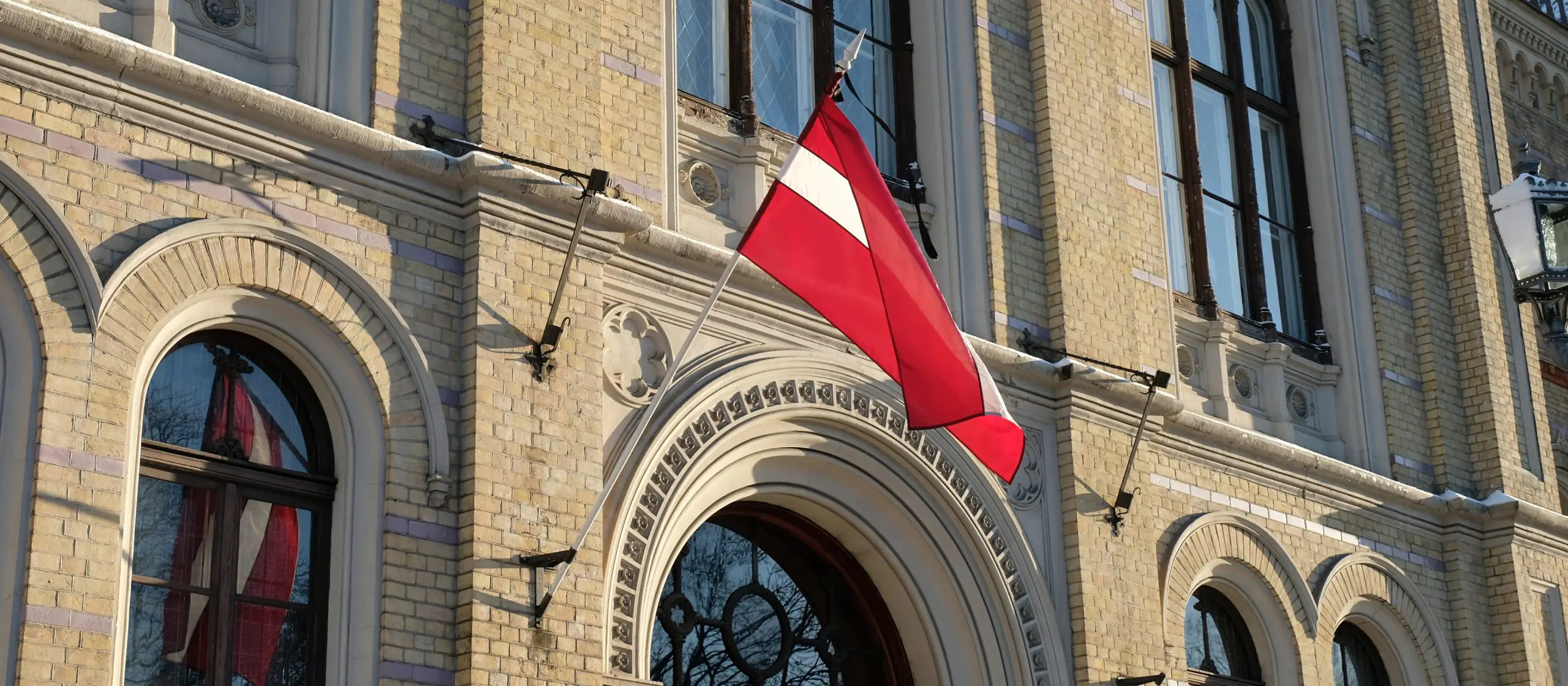
Riga at the Forefront of Industrialization
In the second half of the 19th century, Riga emerged as a leading center for industrial development. The establishment of railways and shipping routes transformed the city into an important railway hub and one of the primary ports of the Russian Empire, leading to rapid industrial growth. From 1879 to 1890, the number of industrial enterprises increased from 145 to 228. The water supply network doubled, telegraph services began, gasification commenced, and the city saw the construction of its first gas plant. Within a few decades, Riga climbed to fourth place among the largest industrial centers of the Russian Empire, trailing only St. Petersburg, Moscow, and Warsaw.
With rapid industrialization came an acute need for technical specialists. Before the mid-19th century, young residents of Riga had to go abroad for education, often facing challenges due to inadequate initial training.
Riga Polytechnic School: Contribution to Industrialization and Education
In 1861, at the initiative of Riga entrepreneurs and with the support of the Riga Stock Exchange, the decision was made to create an educational institution with a technical specialization. Thus, on October 14, 1862, the Riga Polytechnic School (Rīgas Politehniskā augstskola) began operations. Initially located in rented premises at the intersection of Suvorova (now Krišjāņa Barona iela) and Elizabetes iela, near Vērmanes Garden, the school soon recognized the need for its own building.
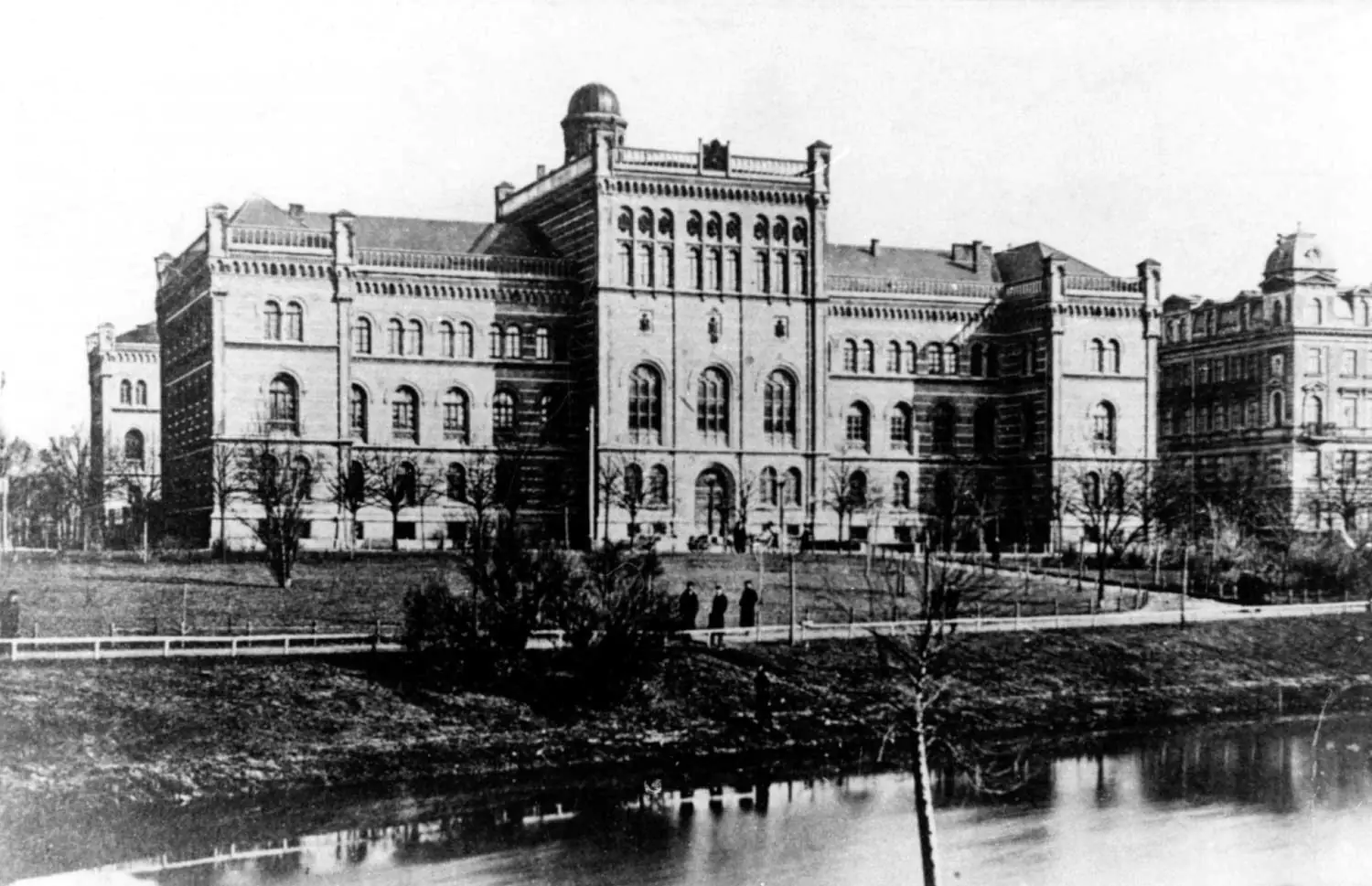
Photographer Kārlis Antons Šulcs.
Source: Latvian National Archives, Latvian State Film and Photo Archives. 1890s
enciklopedija.lv
By 1856, Riga had demolished the old defensive fortress, freeing up extensive areas for public buildings, parks, and boulevards. The city allocated a site for the new Polytechnic building on the former fortress grounds, between two parks. This strategic decision created a unique architectural space that soon became a symbol of academic education in Riga.
Another success for the Polytechnic was the establishment of the Faculty of Architecture in 1869, with German architect Gustavs Hilbigs as dean, who designed the main building. The construction of the main building along what is now Raiņa Boulevard was completed in 1869. It was a three-story brick structure with arched windows, clad in yellowish English bricks with decorative bands of purple glazed bricks.
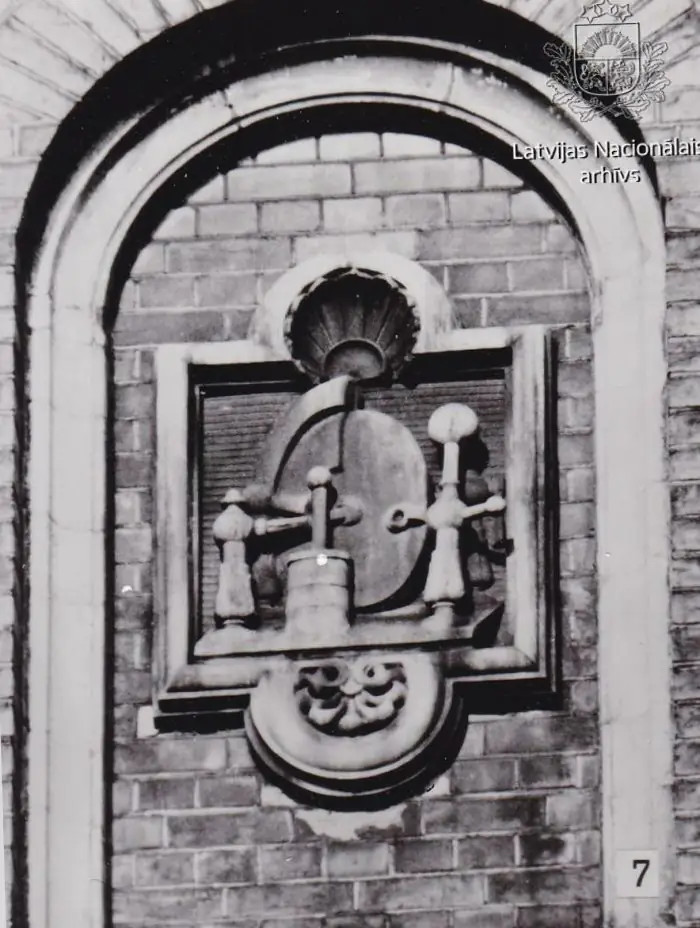
redzidzirdilatviju.lv
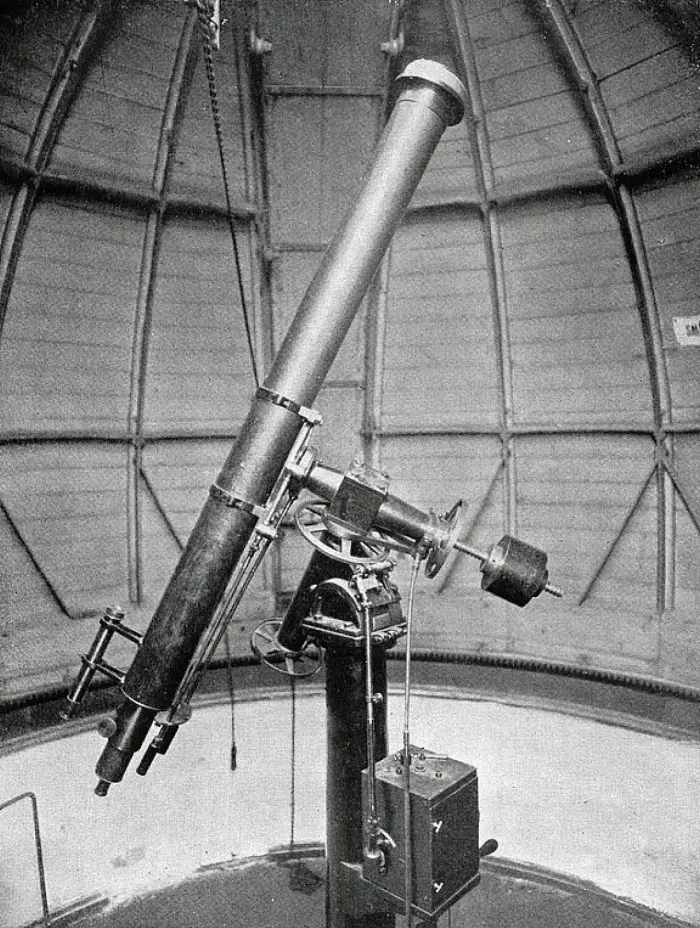
lu.lv
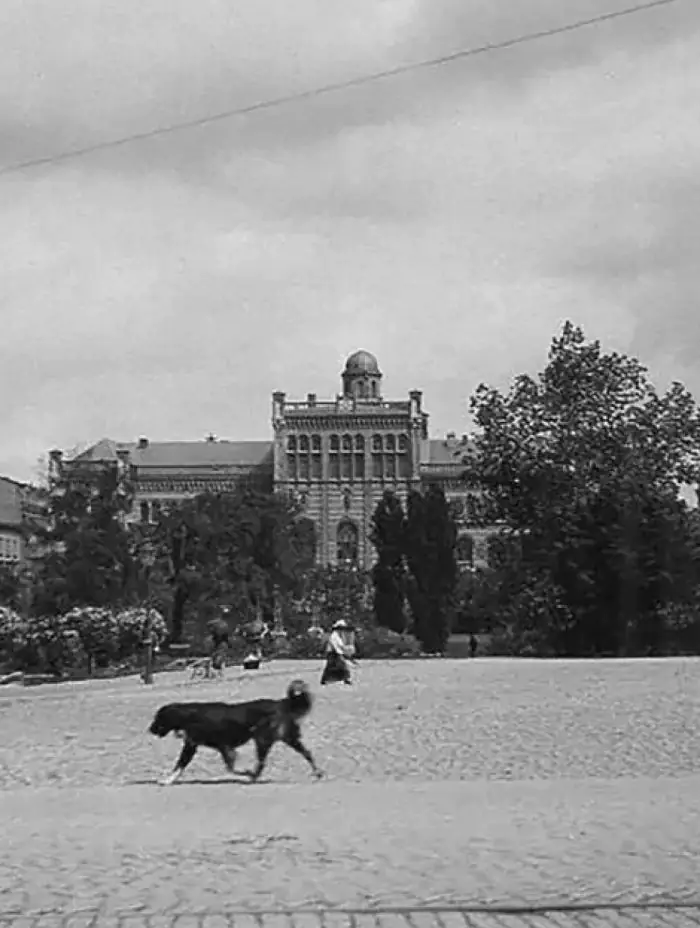
pastvu.com
The building’s facade was adorned with coats of arms of faculties and provinces (Courland, Estonia, and Livonia), designed by faculty member Čārlzs Edvards Klarks. A notable feature was the astronomical tower with a telescope used for scientific observations and student practices, which has functioned as a public observatory since 1986.
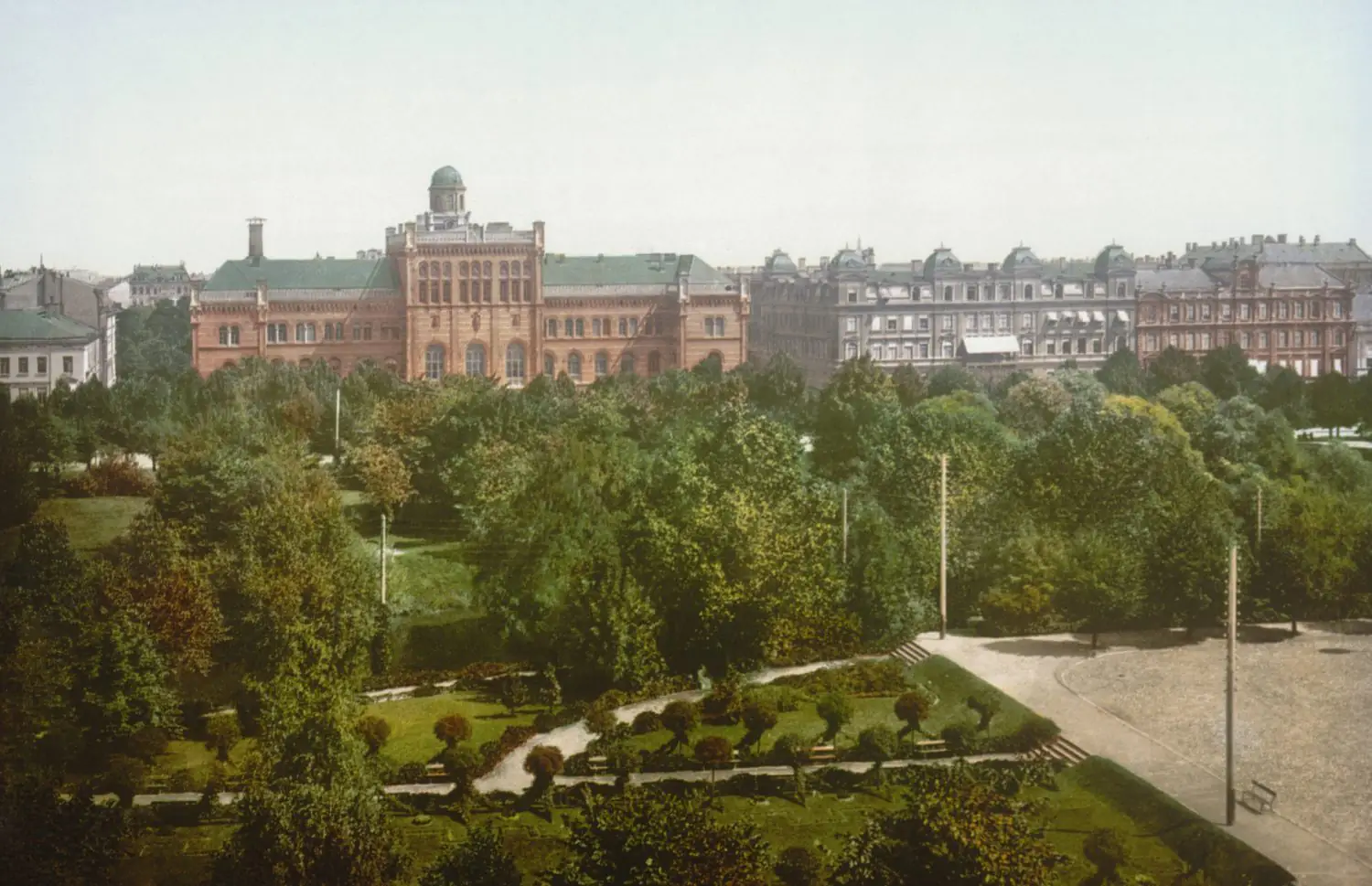
lv.wikipedia.org
As the number of students and the needs of the school grew, a project for a second building, also designed by Hilbigs, was developed. This building, completed in 1878 on Merķeļa iela, ran parallel to the first building and became an essential part of the Polytechnic’s architectural ensemble.
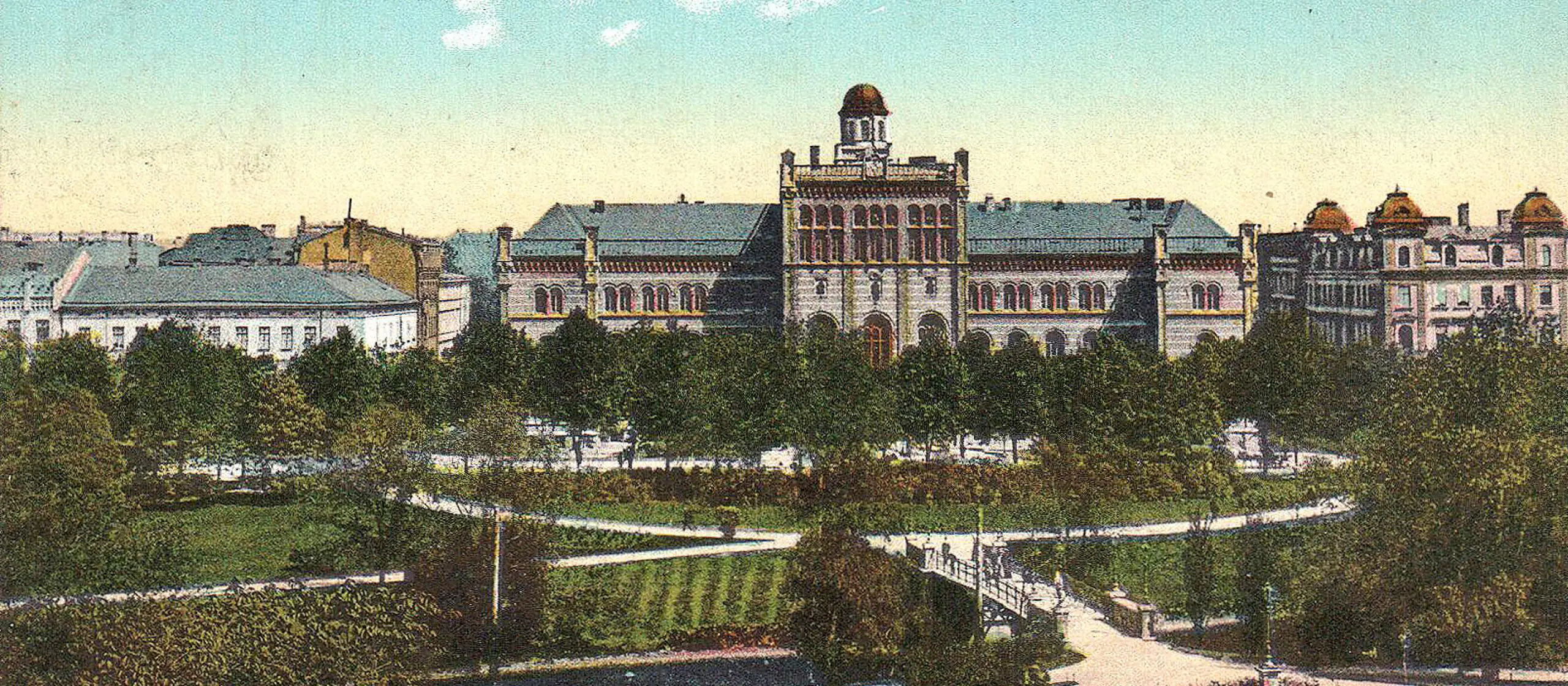
wikipedia.org
The First University in Latvia: History of the Riga Polytechnic Institute
In 1896, the Riga Polytechnic School was transformed into the Riga Polytechnic Institute, becoming the first higher education institution in Latvia. This change significantly increased student enrollment, necessitating further expansion of the institute. In 1885, according to Gustavs Hilbigs’ design, another building was constructed, linking the two previously erected buildings. The new three-story structure faced Inženieru iela.
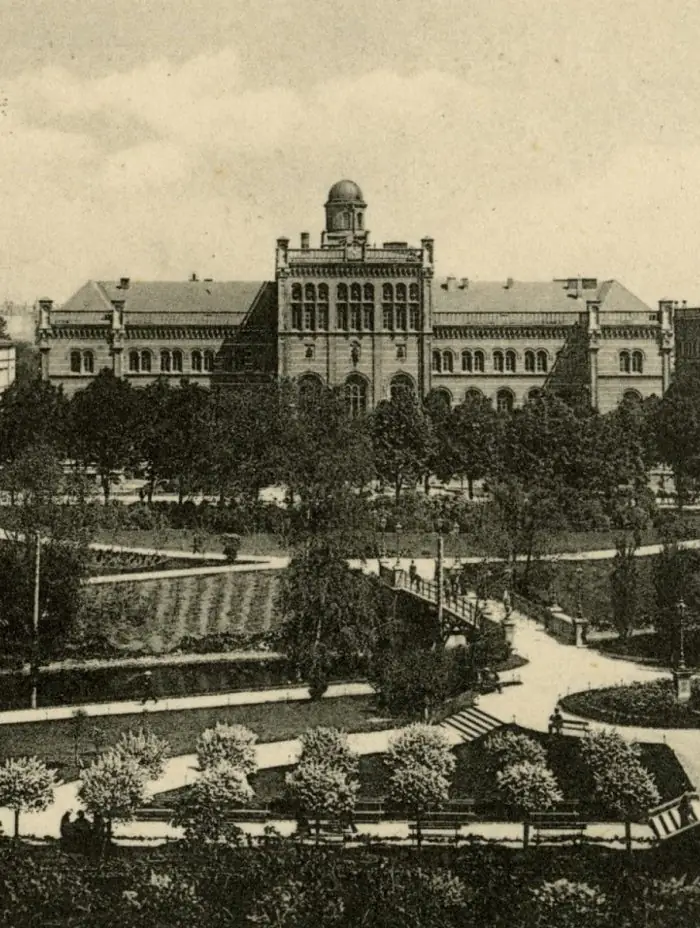
zudusilatvija.lv
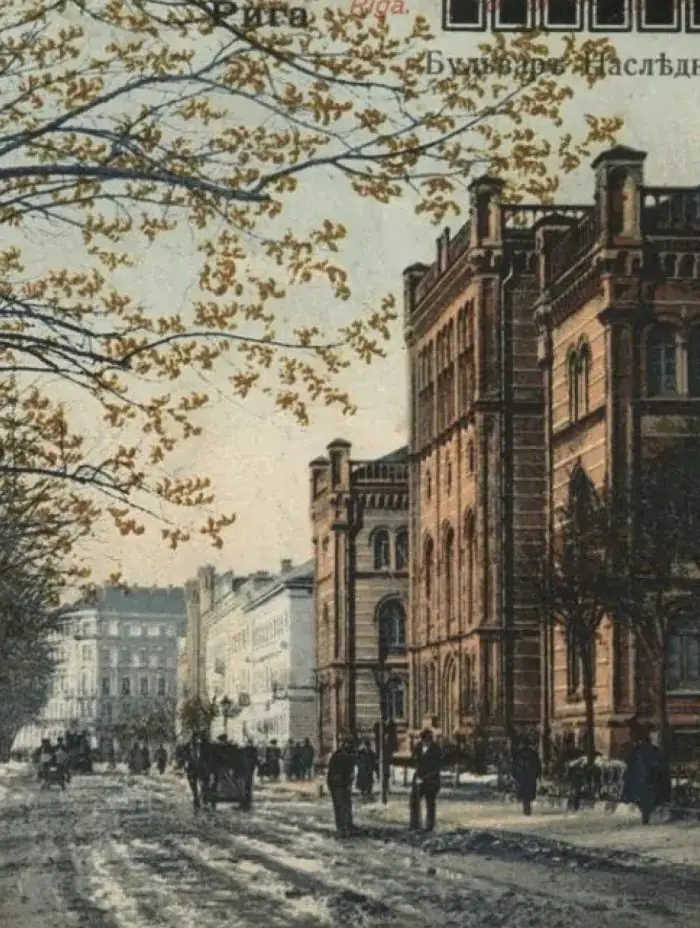
pastvu.com
The expansion of the institute continued into the 20th century. In 1910, the fourth building was erected under the design of architecture professor Otto Konrāds Ernests Hofmanis. The building facing Arhitektu iela completed the monumental ensemble of Polytechnic buildings.
The Polytechnic University building is characterized by the round arch style, an historical revival style from the 19th century, exhibiting a unique eclectic language that integrates elements of Romanesque and Byzantine architecture.
A tragic year for the Polytechnic Institute was 1915, when it was evacuated to Ivanovo in central Russia due to its location near the front lines. After the war, the Polytechnic never returned to its original building. However, the university’s history is preserved in the street names that still bear the names Arhitektu and Inženieru iela.
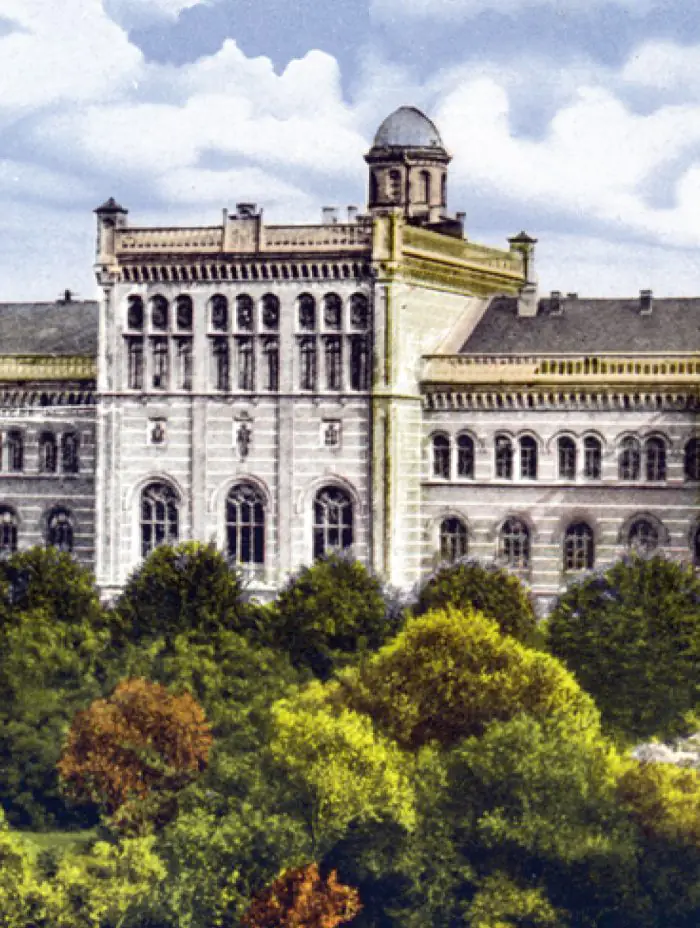
ir.lv
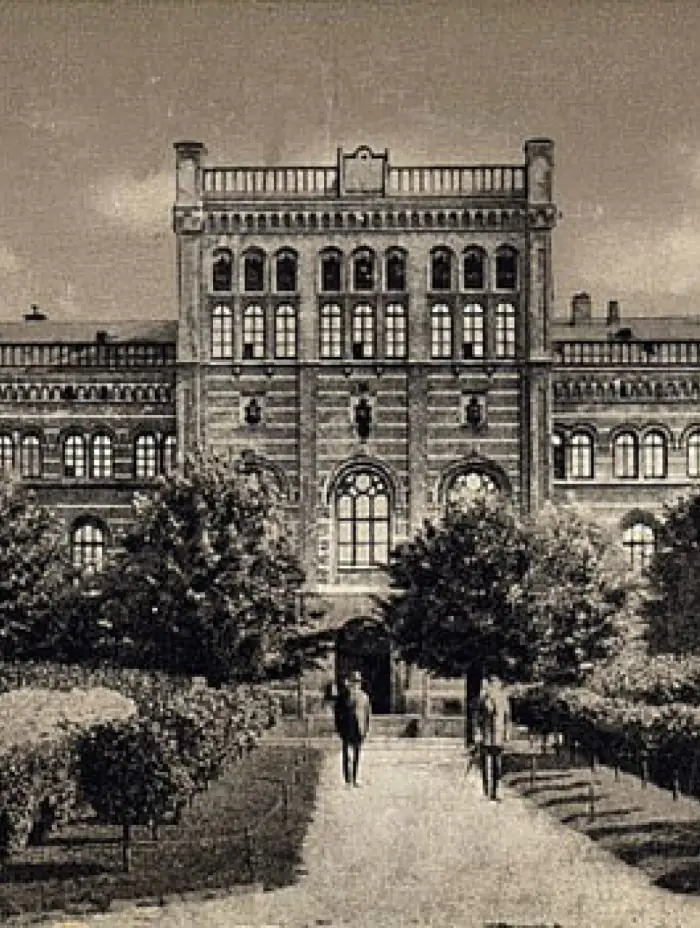
Contribution of the Riga Polytechnic Institute to the Development of City Architecture
The Riga Polytechnic School and later the institute played a crucial role in establishing architectural education and developing the urban architecture of Riga. It was here, in the building on Raiņa Boulevard, that the foundations of the Latvian architectural school were laid, influencing the city’s development.
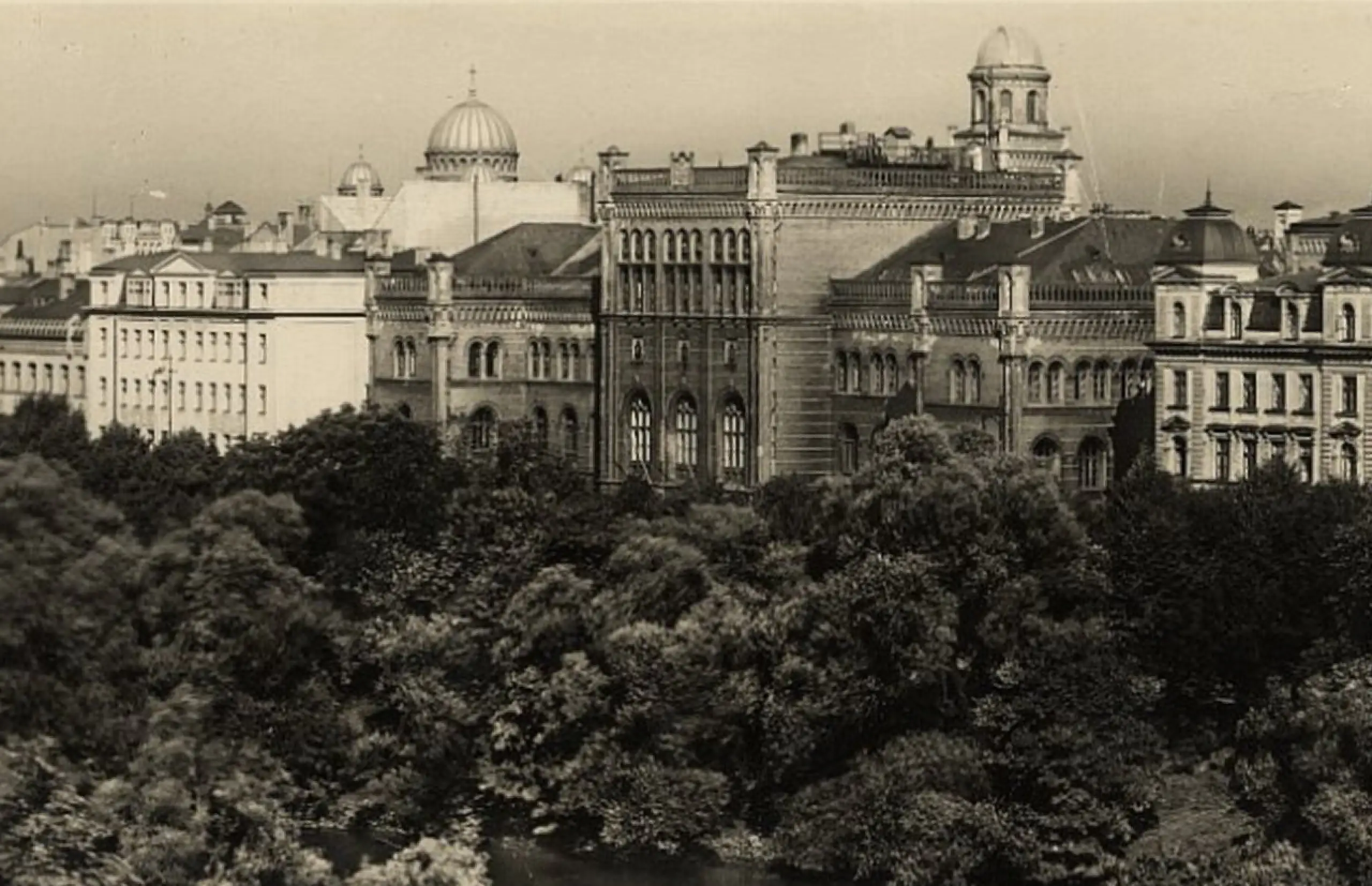
zudusilatvija.lv
With industrial growth, Riga expanded rapidly, and in 1858, the construction of stone buildings outside the old city was permitted. The Riga Building Code was adopted, stimulating the establishment of an architectural school at the Polytechnic School.
Initially, interest in architectural education was modest, but it grew over time due to the involvement of foreign teachers, improved curricula, and expanded courses focusing not only on architectural design and history but also on building technologies.
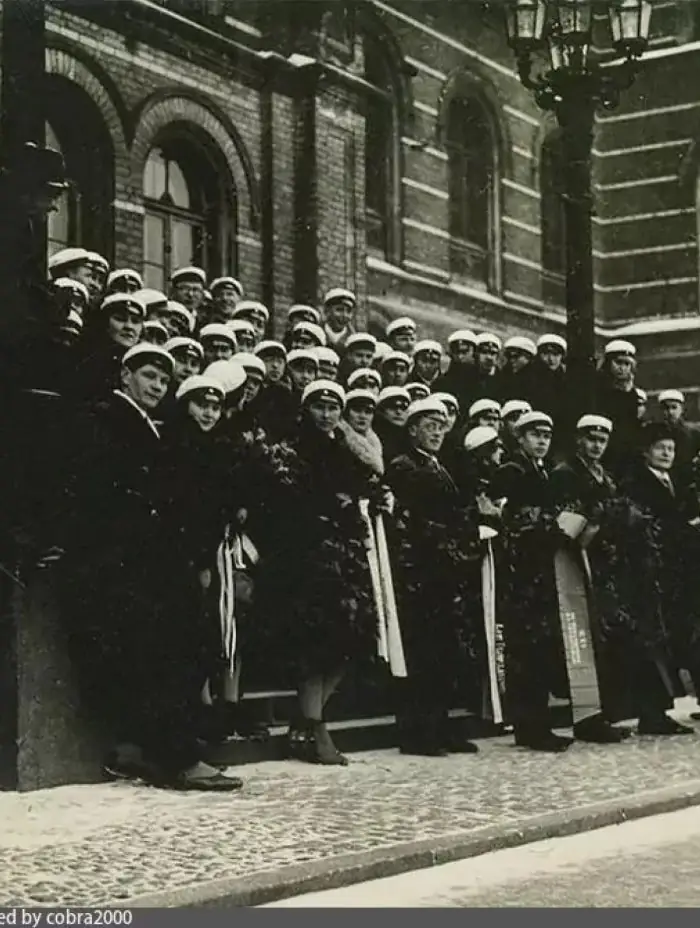
pastvu.com
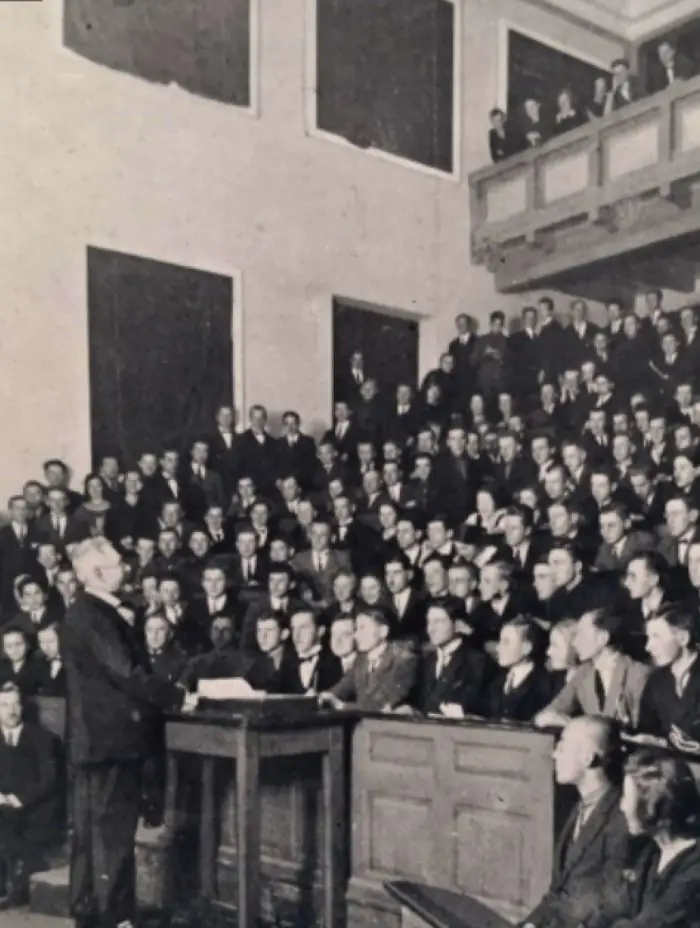
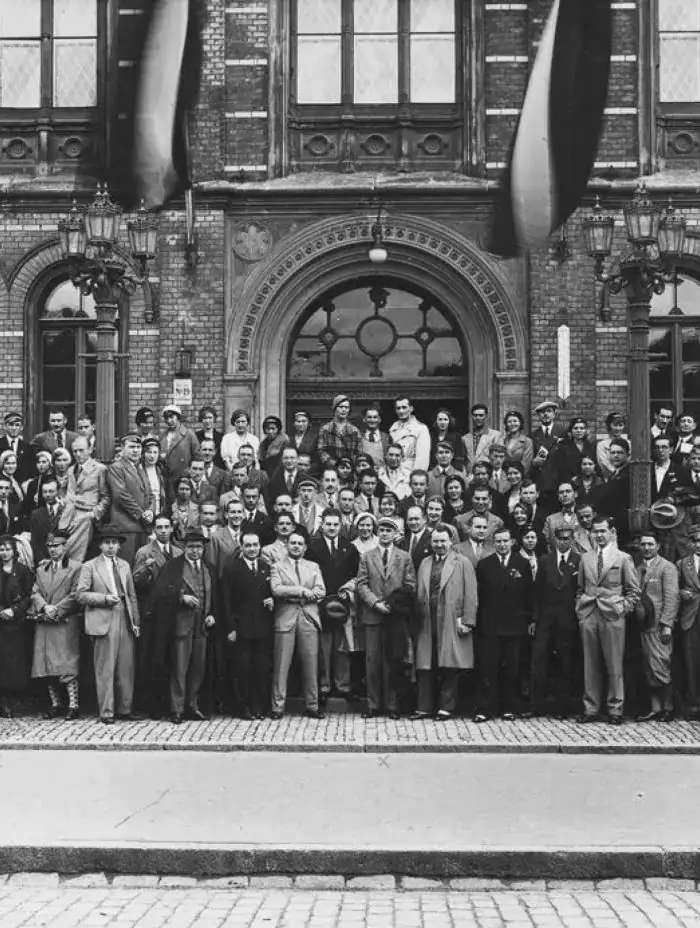
pastvu.com
The curriculum was inspired by German and Swiss models of technical education. As a result, graduates of the institute significantly shaped the appearance of Riga. Over 80% of architects working in the city before World War I were educated at the Polytechnic School.
The outstanding architectural heritage of the city from the late 19th to early 20th century is a living testament to the fruitful work of the architectural faculty.
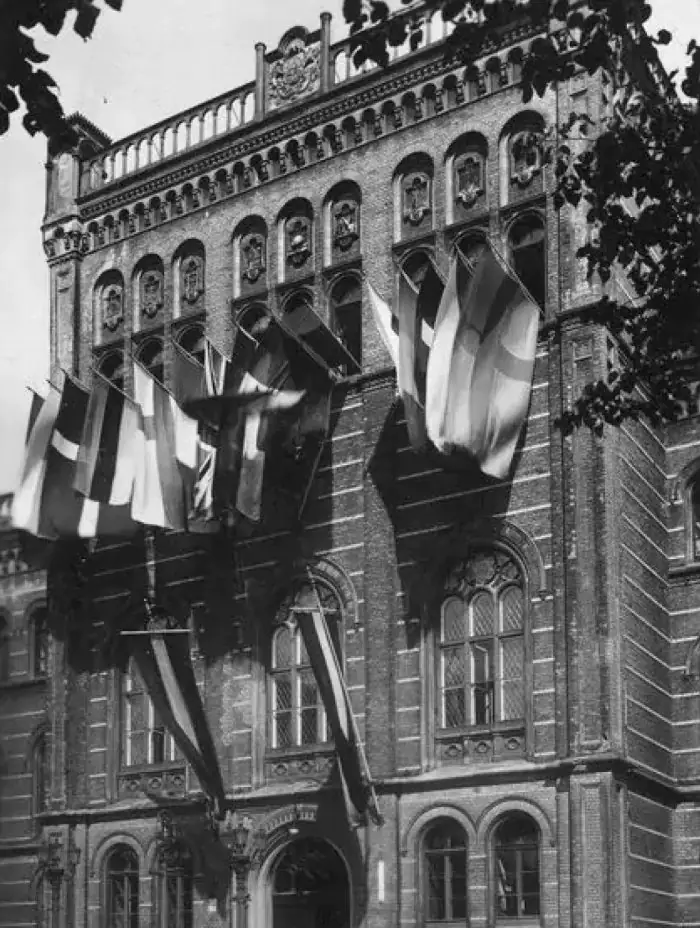
pastvu.com
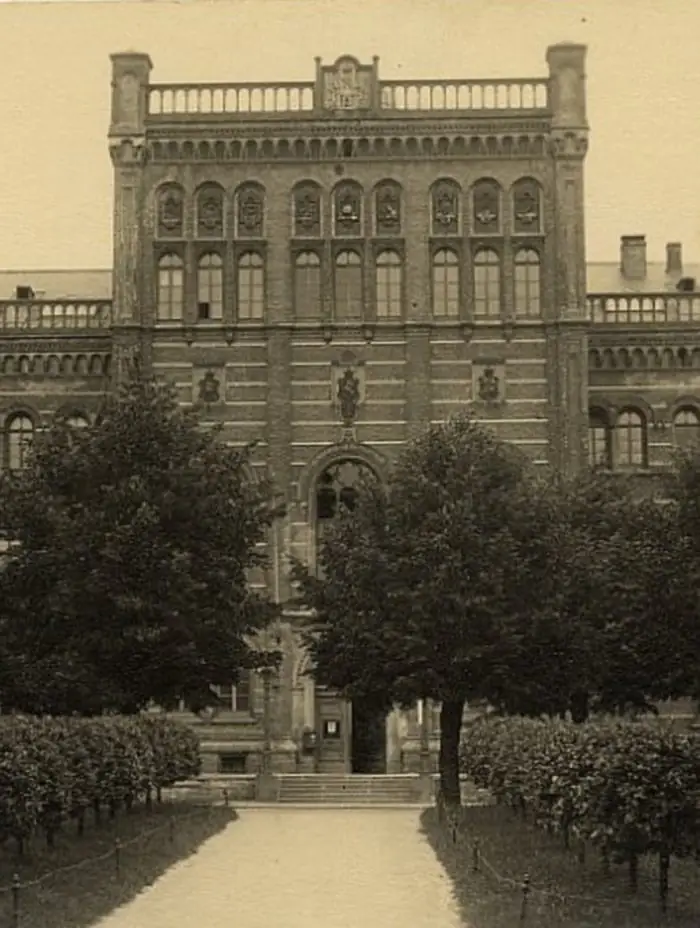
pastvu.com
For instance, Oskars Bars designed about 90 buildings, Vilhelms Bokslaff about 30, Eīgen Laube over 80, and Konstantīns Pēkšēns created over 250 multi-story buildings. These architects, representing the Art Nouveau era, integrated new aesthetic and functional trends into their designs. Today, their buildings constitute a significant portion of Riga’s historic center, which is included in the UNESCO World Heritage list.
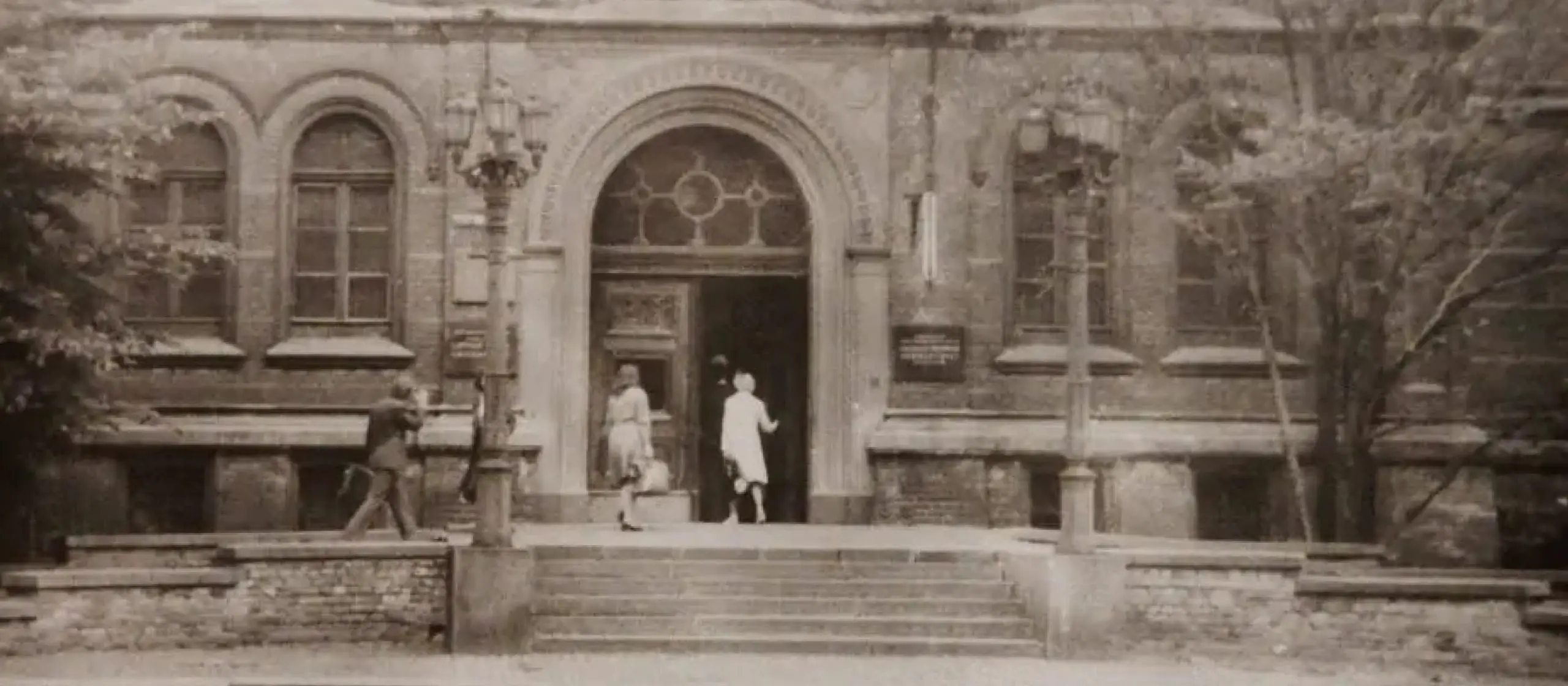
pastvu.com
New Architectural Transformations: Latvian University
After World War I and the proclamation of Latvia’s independence, the decision was made to create a national university to provide higher education for all layers of Latvian society. In 1919, the Latvian University was established, inheriting the assets of the Riga Polytechnic Institute, including the building on Raiņa Boulevard.
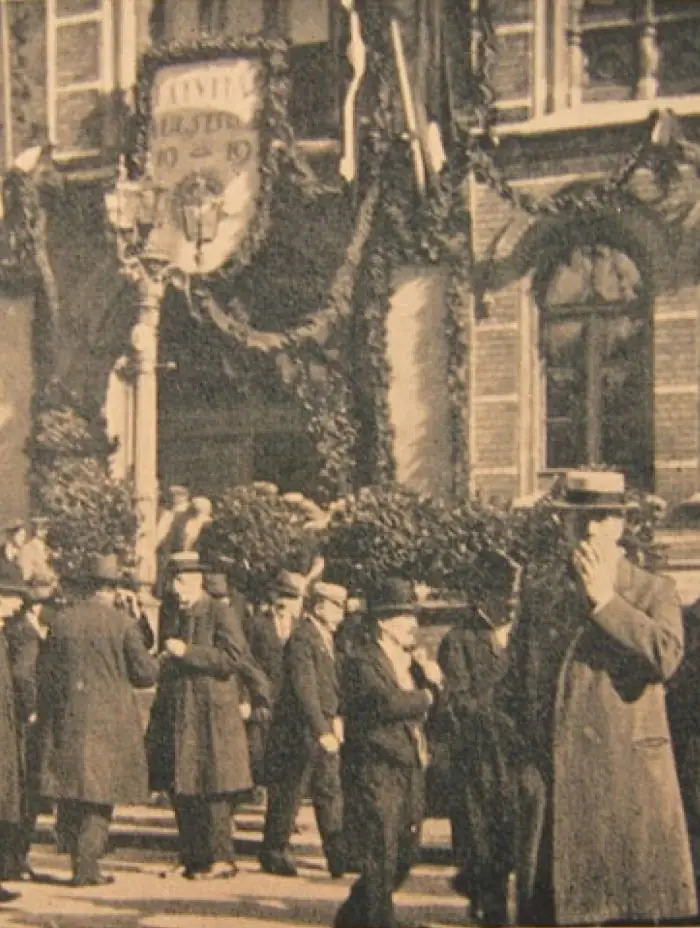
lu.lv
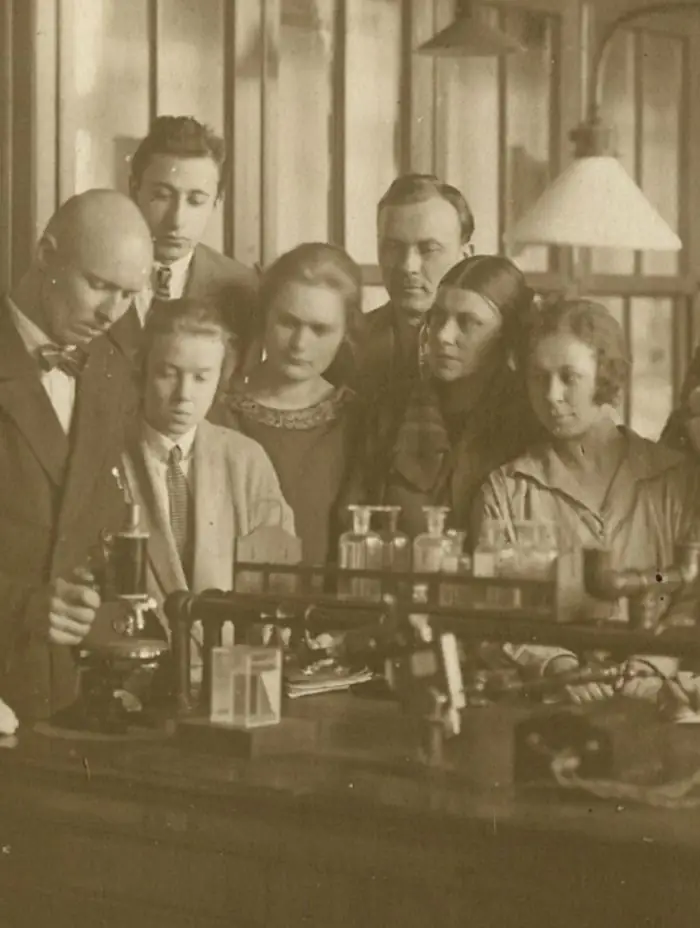
zudusilatvija.lv
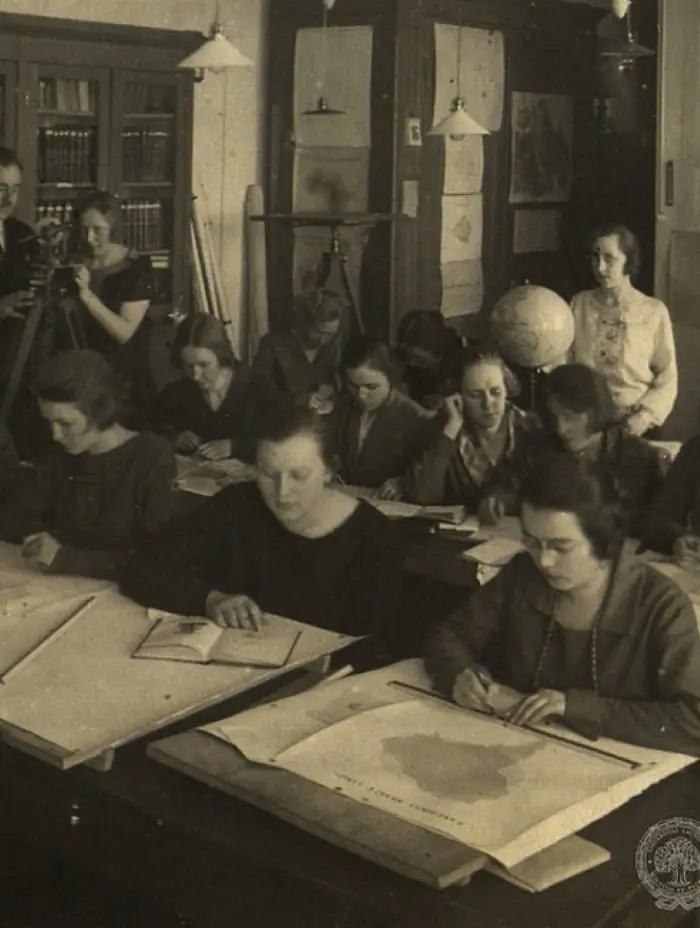
7mirkli.lu.lv
The new university became a symbol of the country’s independence, offering education in the Latvian language for the first time. It quickly emerged as a leading center for science, culture, and education during the interwar period. By the 1922/23 academic year, the number of students reached a historical peak.
As the university developed, architectural transformations followed. In 1928, architect Eīgen Laube, a graduate of the Polytechnic Institute, renovated the small assembly hall. In 1929, the Senate meeting room was updated.
However, the most significant project was the construction of the Large Assembly Hall in the university’s inner courtyard, designed by the renowned architect and teacher Ernests Štālbergs. Construction lasted from 1930 to 1936.
Štālbergs’ design combined elements of functionalism and neoclassicism. A pipe organ, the third largest in Latvia, was installed in the Large Assembly Hall. This instrument, like the organ of the Dome Cathedral, was manufactured by the German company E. F. Walcker & Co and featured 3,922 pipes, ranging in length from 13 mm to 5 m.
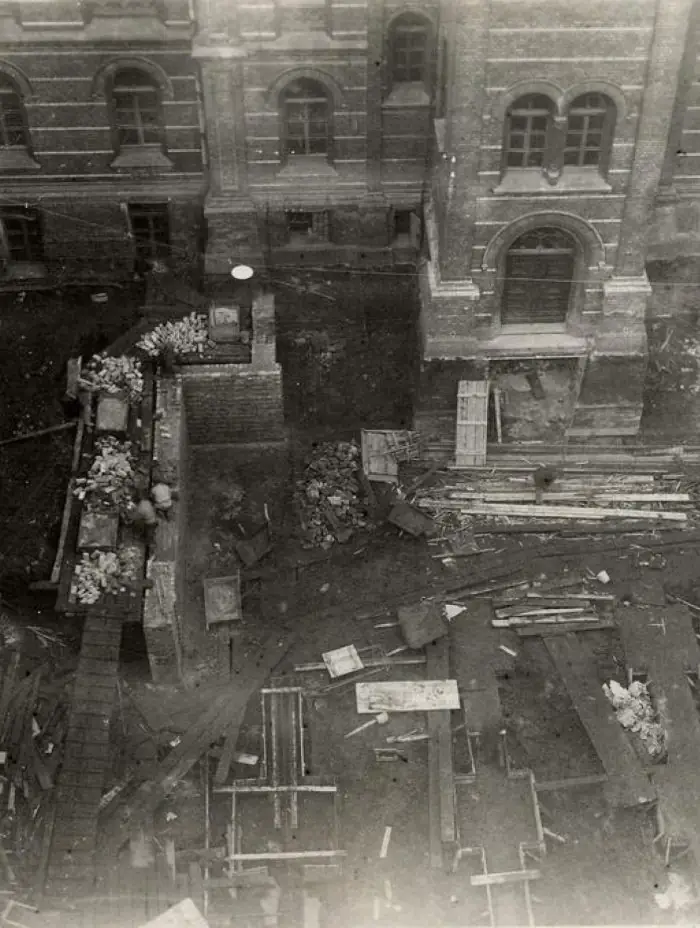
redzidzirdilatviju.lv
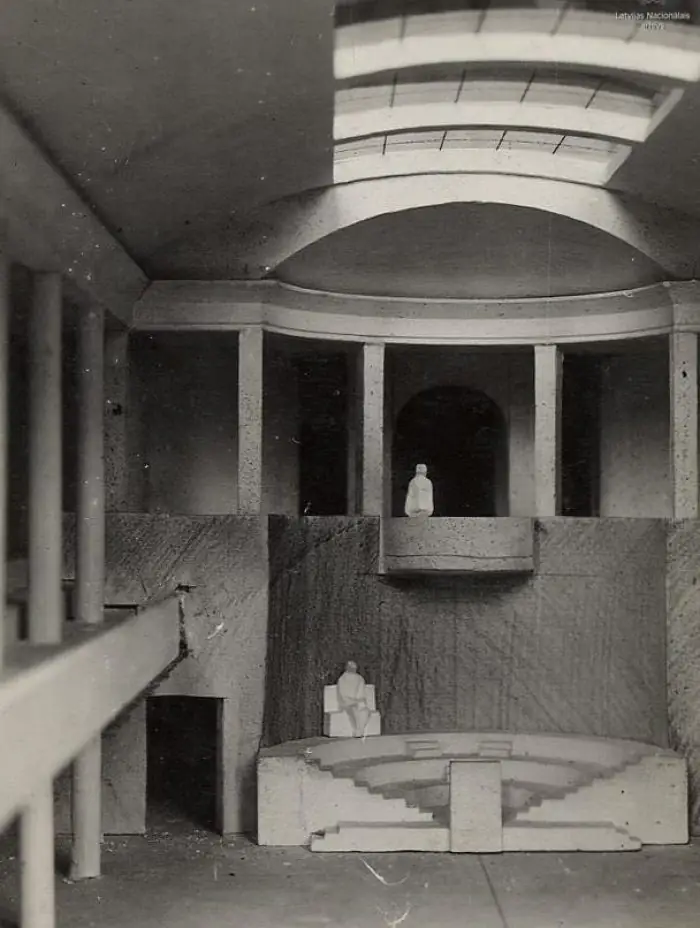
redzidzirdilatviju.lv
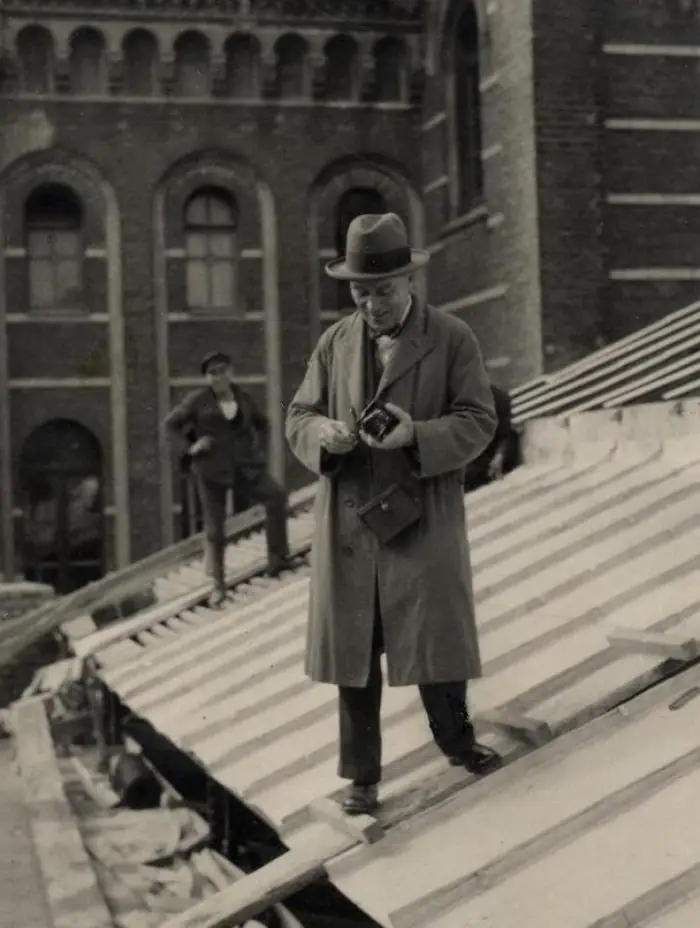
redzidzirdilatviju.lv
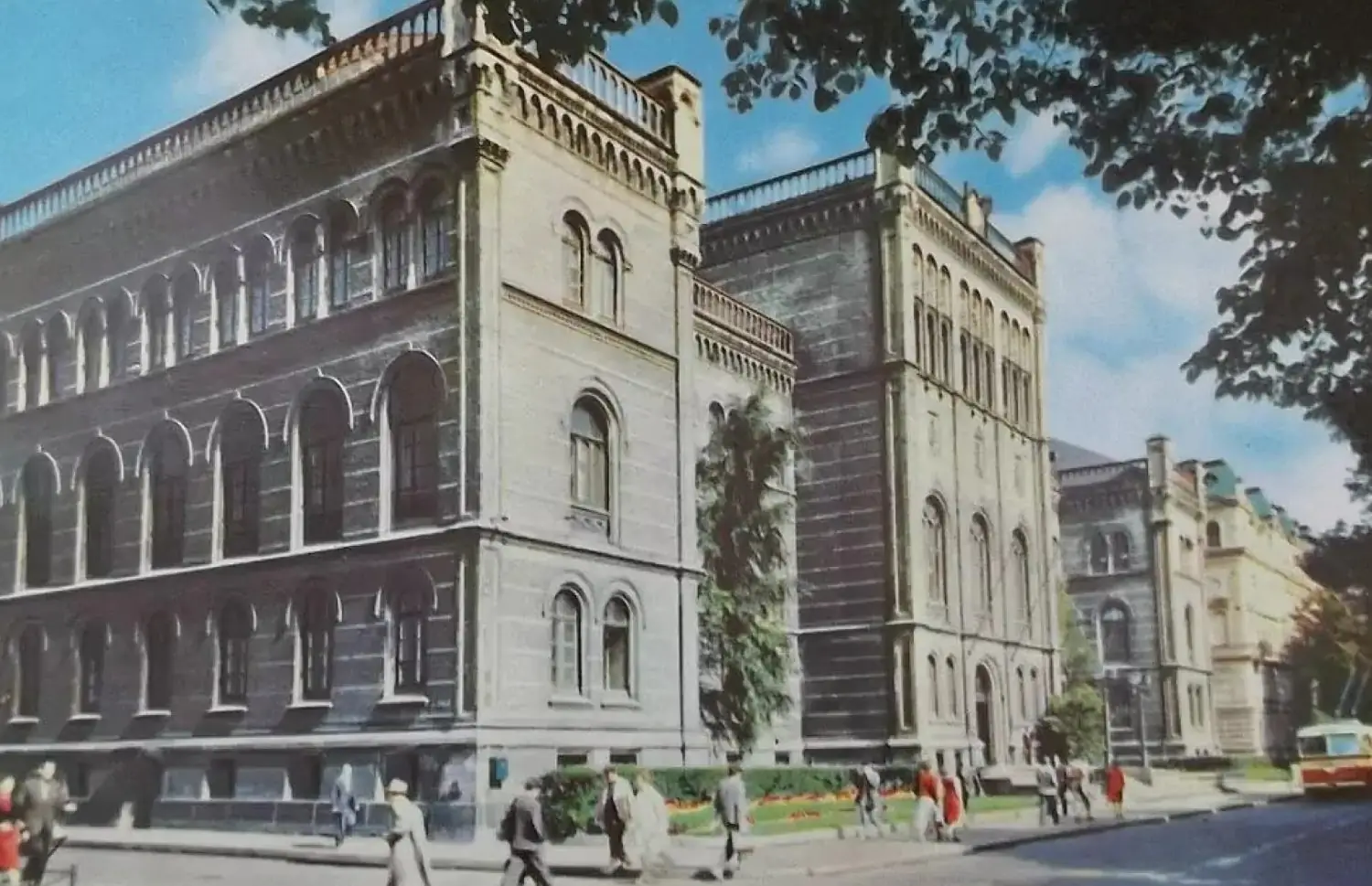
pastvu.com
Occupation Period and Stagnation
World War II and subsequent political changes had a significant impact on the Latvian University. The occupying regime used the university for its political purposes, resulting in a decline in educational quality. During this period, the Latvian SSR Academy of Sciences became the main scientific center, and the university’s significance as a research institution diminished markedly.
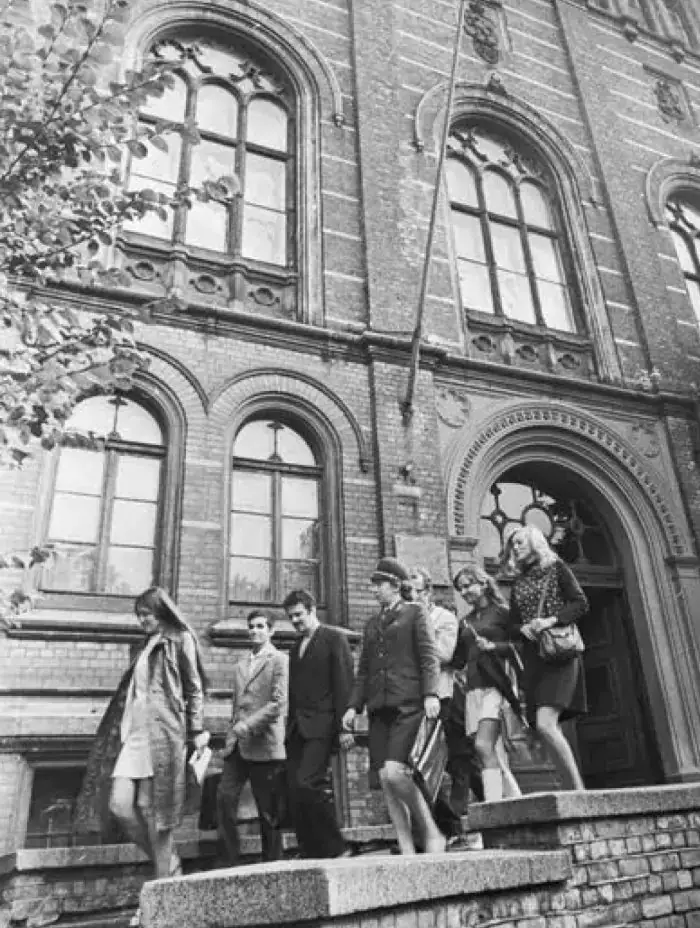
pastvu.com
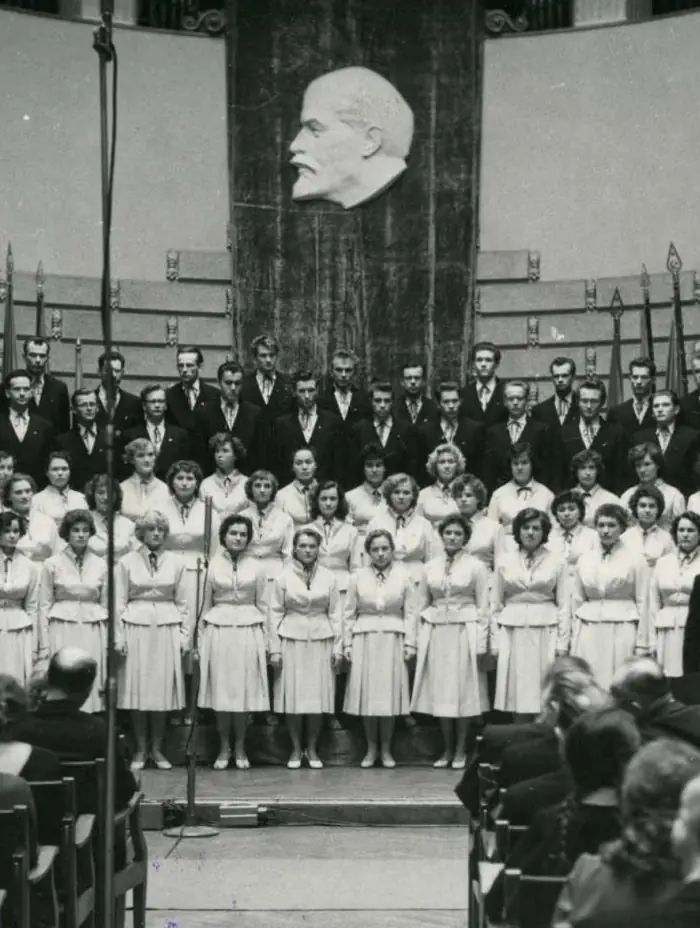
enciklopedija.lv
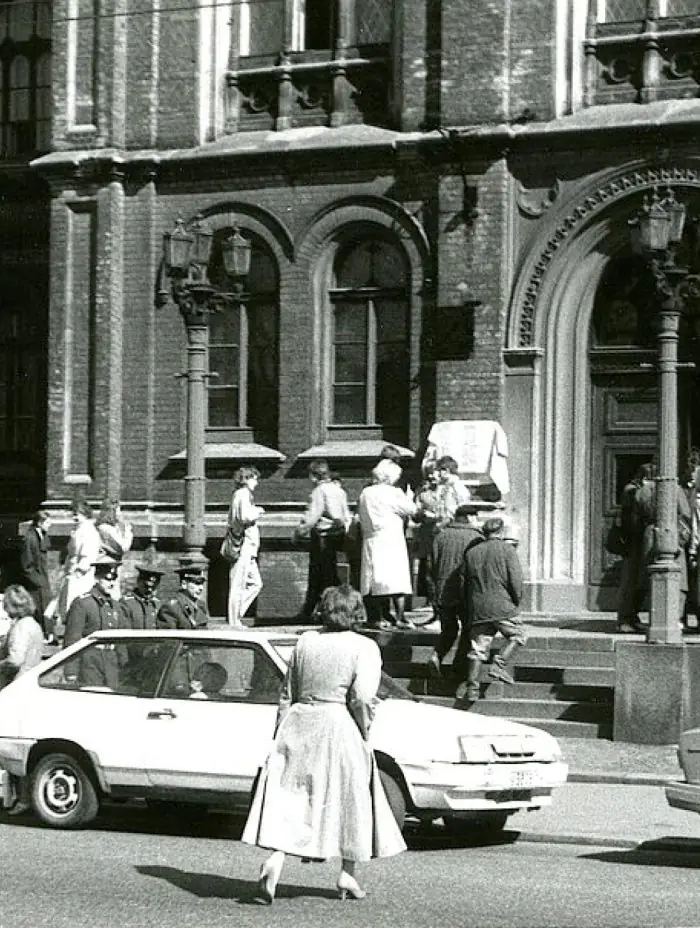
lu.lv
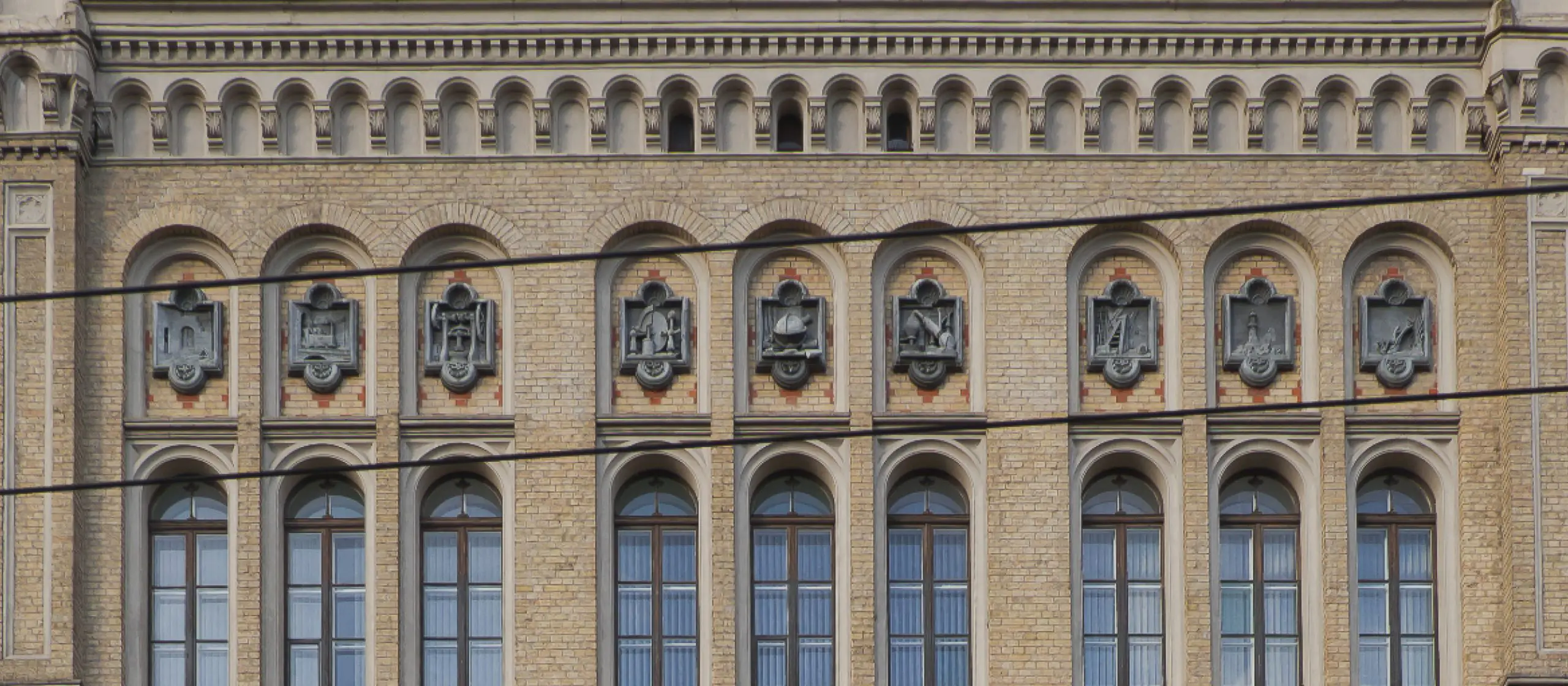
Latvian University After Regaining Independence
After Latvia regained independence in 1991, the Latvian University became a symbol of the revival of national education and science. During this period, it underwent significant changes, reorganization, and modernization. The university actively adapted to European higher education standards, which included the introduction of the Bologna system, increased international cooperation, and the development of research programs.
The university strengthened its international cooperation by joining various academic organizations and establishing connections with leading universities in Europe and worldwide. This opened up new opportunities for students and faculty, including participation in international exchanges, internships, and research projects.
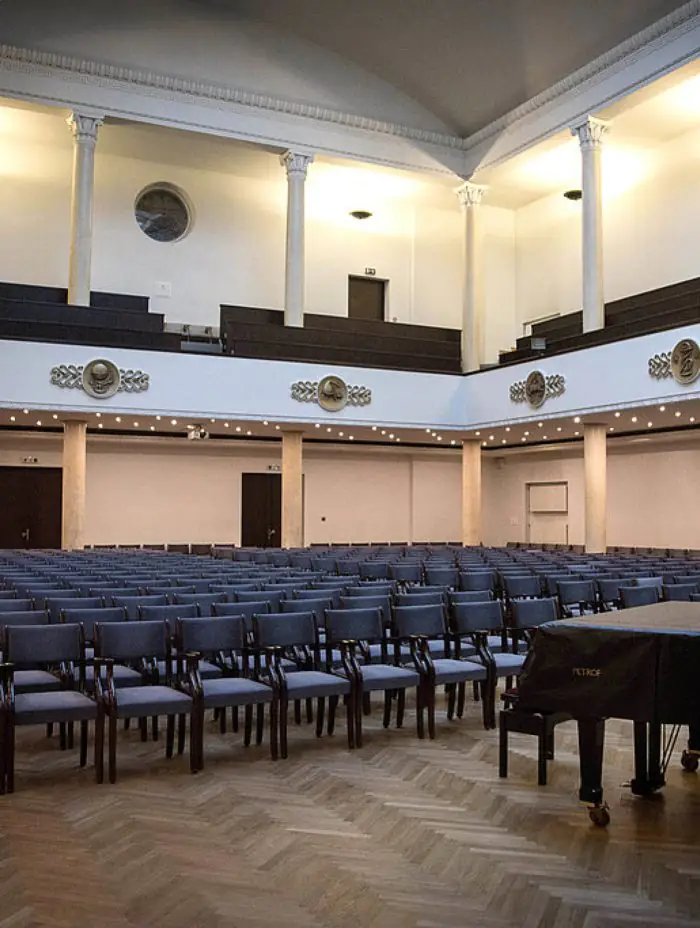
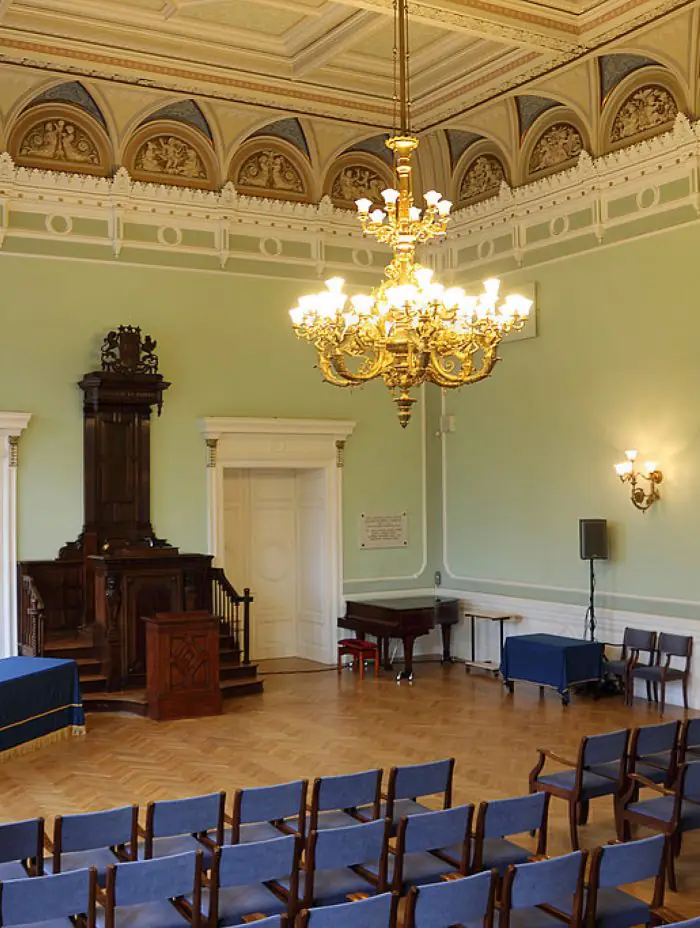
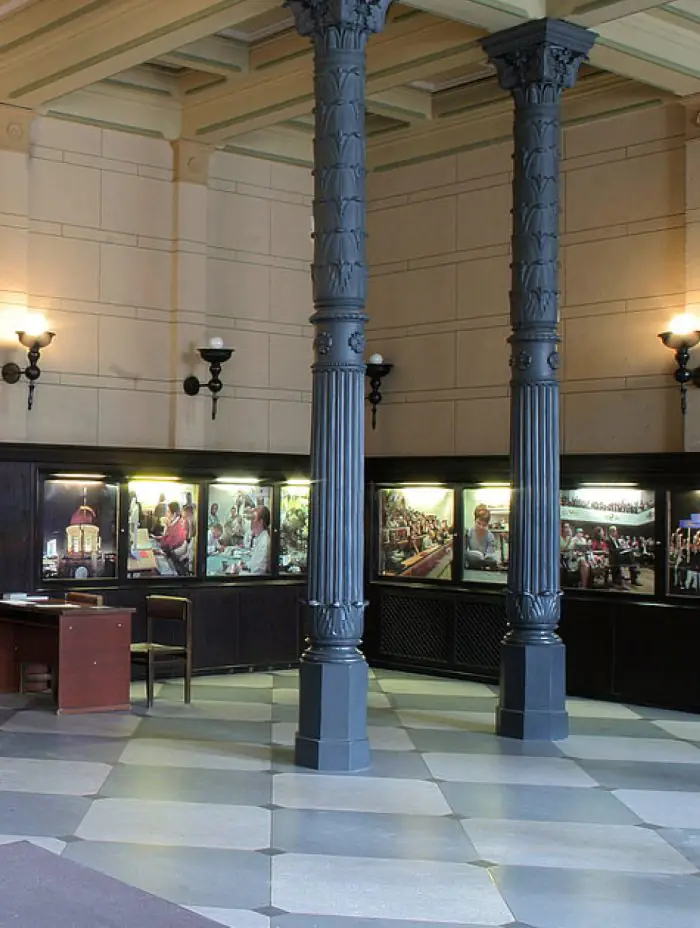
An essential part of the development of the Latvian University after the restoration of independence was the modernization of its infrastructure. The historic buildings on Raiņa Boulevard were updated, and new buildings and educational centers were constructed to meet modern standards for education and scientific research.
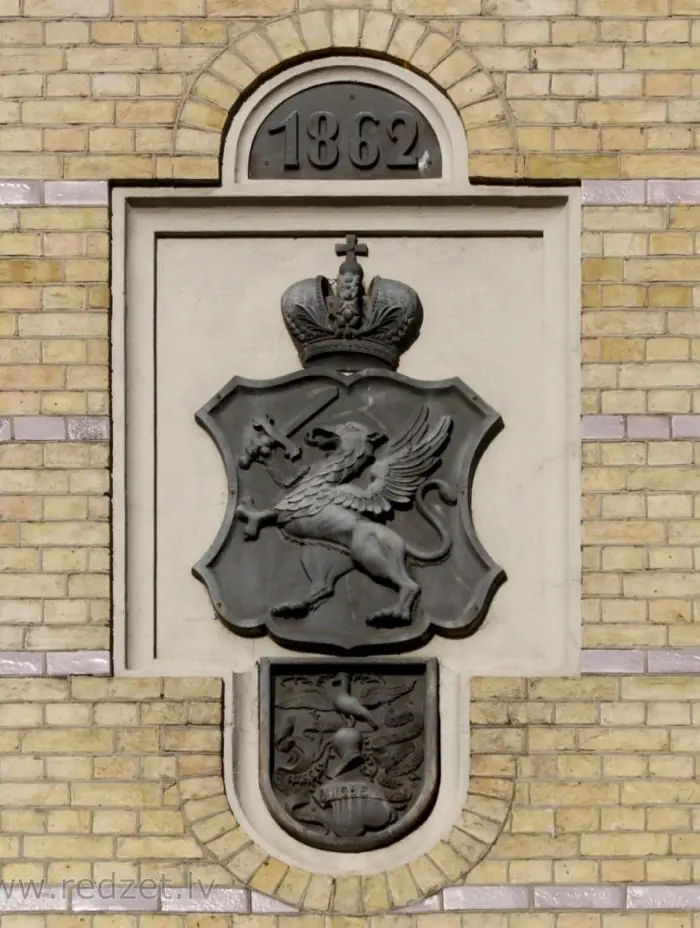
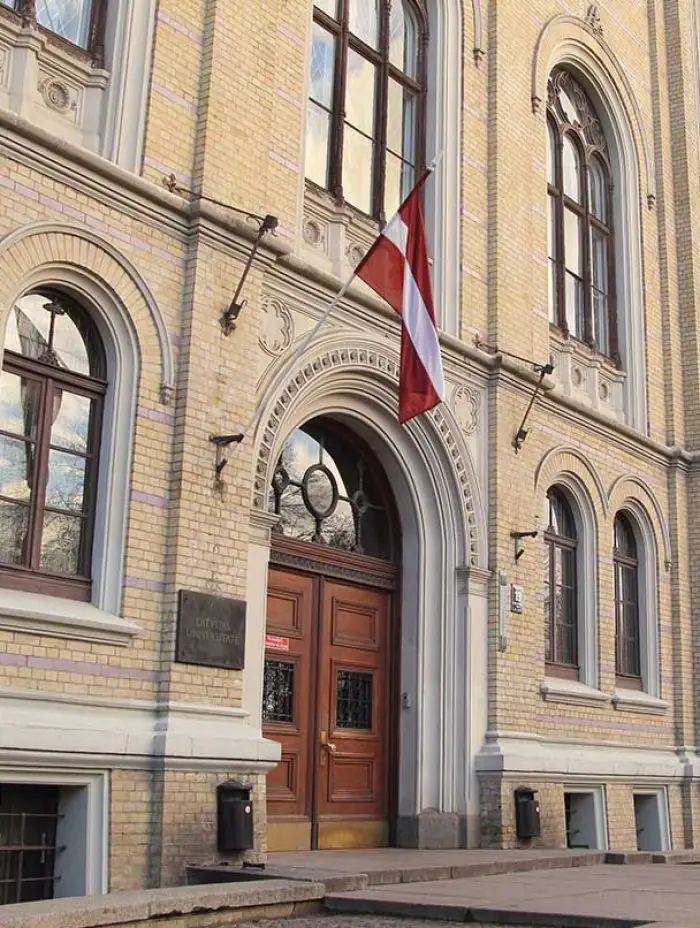
Today, the building of the Latvian University on Raiņa Boulevard remains not only a center of higher education but also one of the architectural jewels of Riga. Built in the 19th century, it combines historical heritage with modern functions. The university maintains its status as a leading educational institution, regularly updating its buildings to meet new requirements. The building is also a popular tourist attraction, playing an important role in the city’s life, thanks to its historical significance, educational mission, and architectural grandeur. You can learn about the history of the puppet theater building here.


